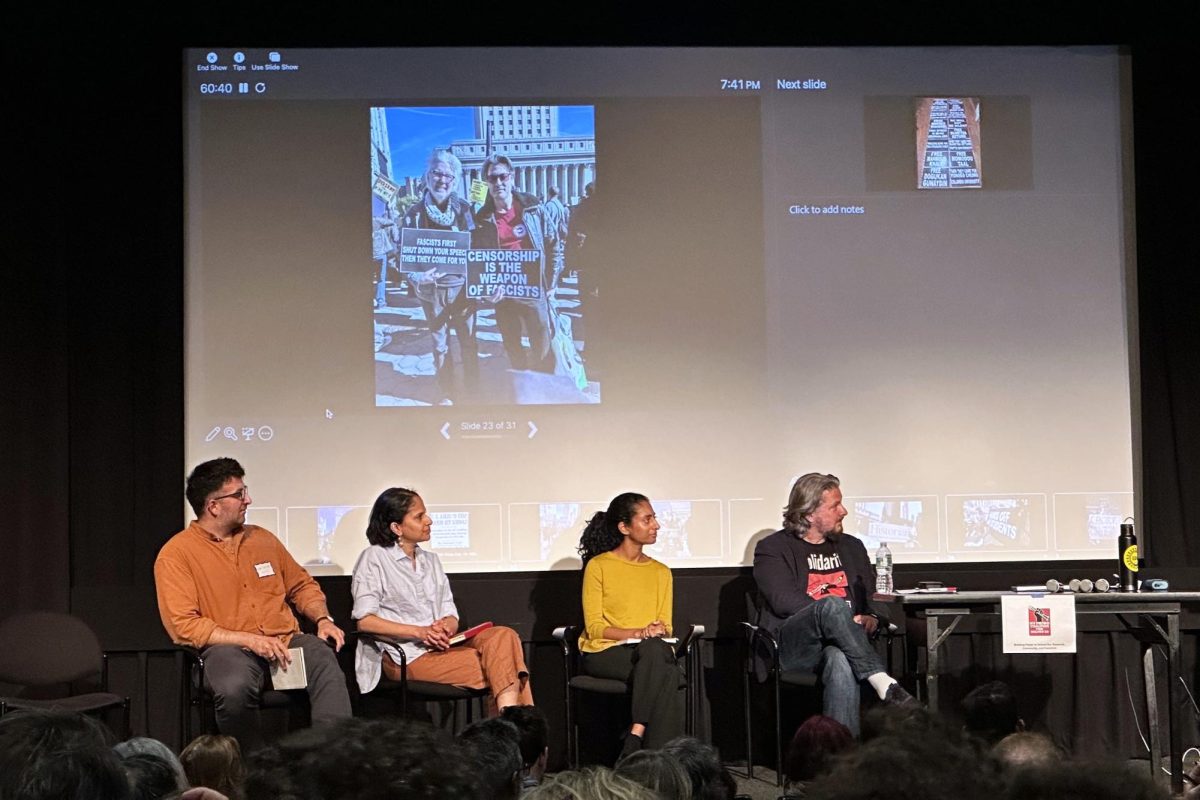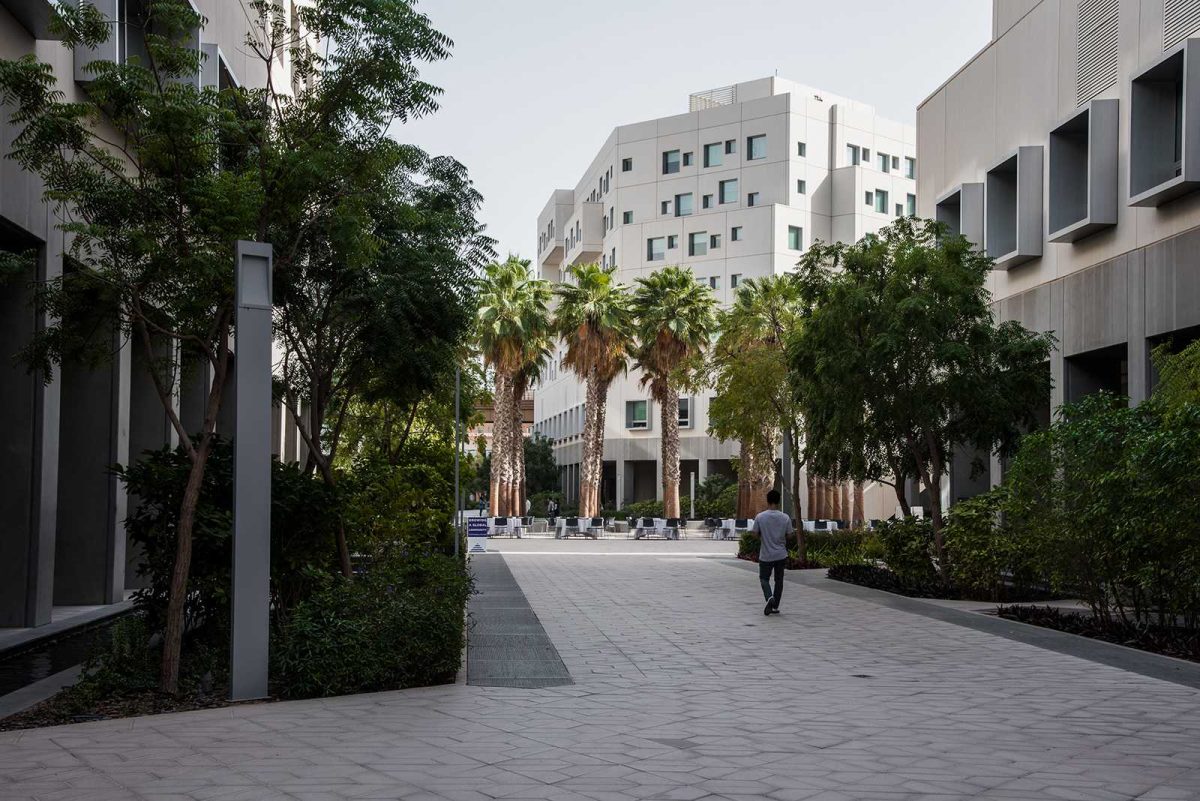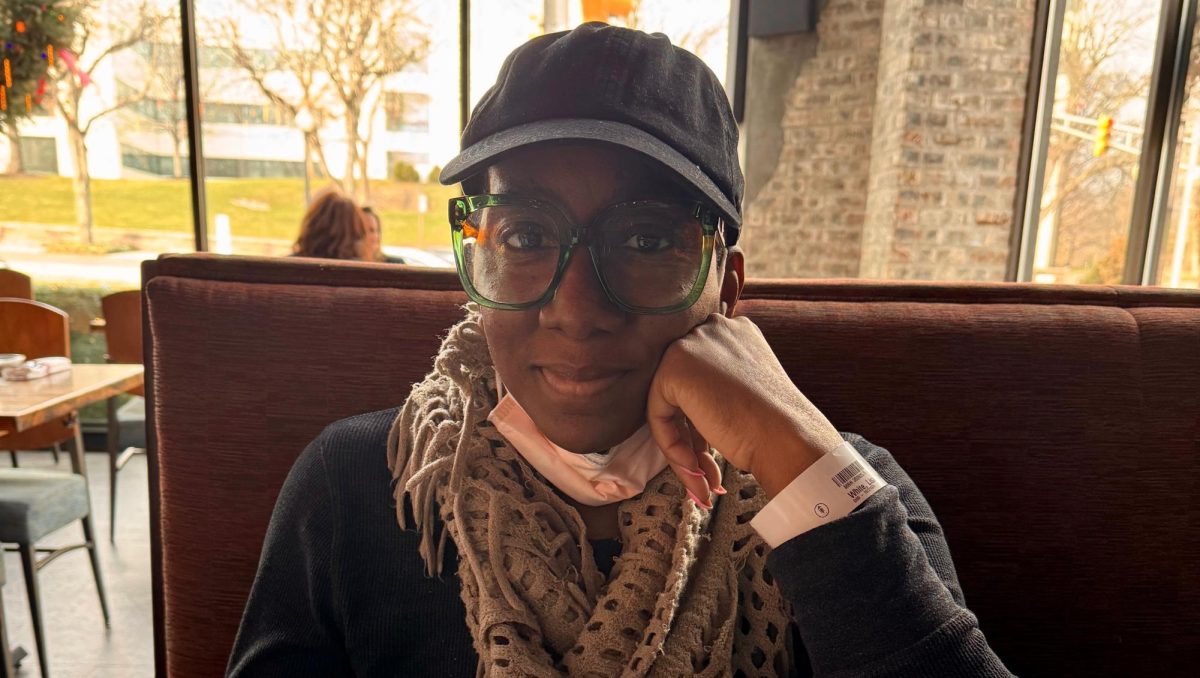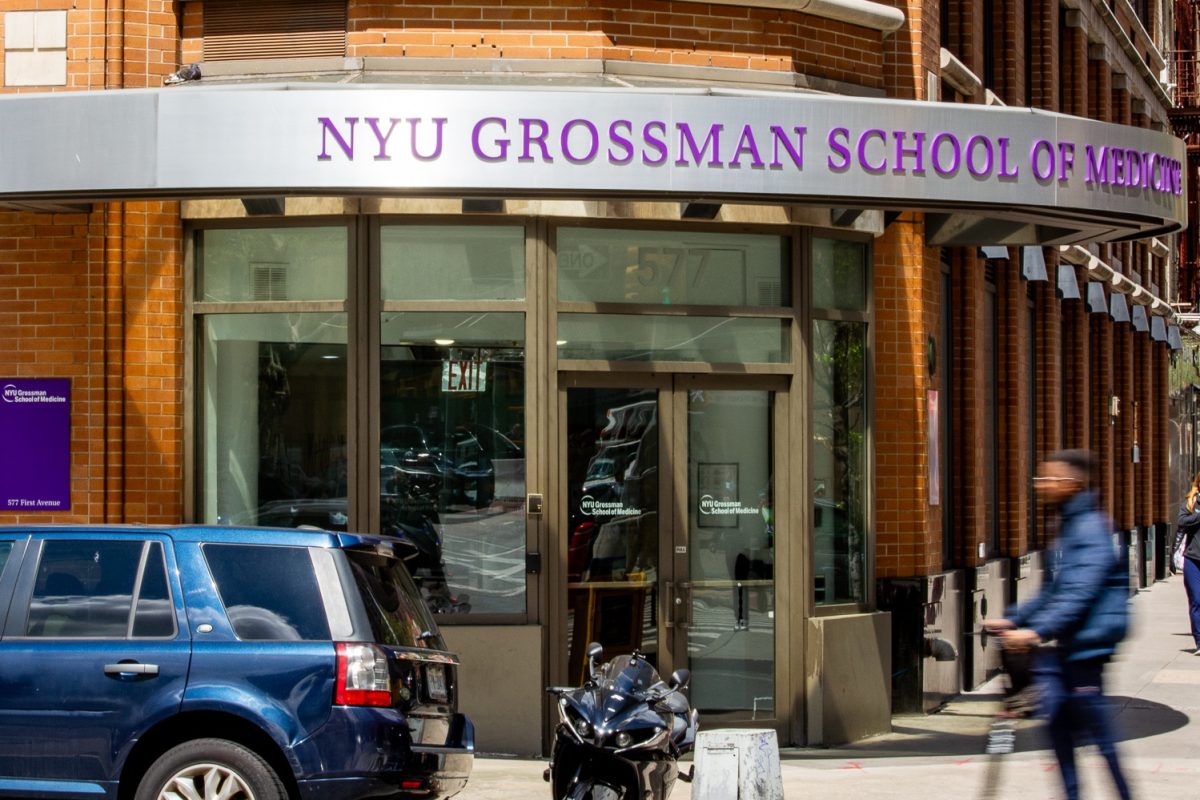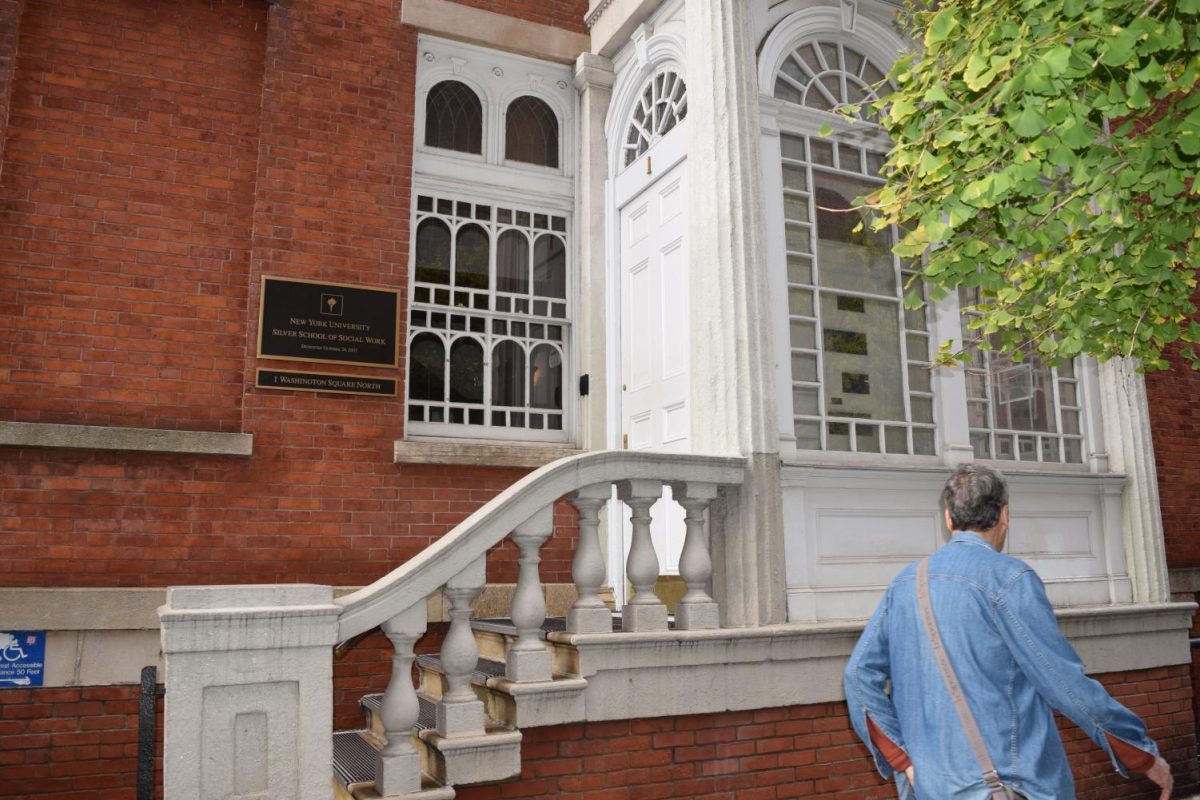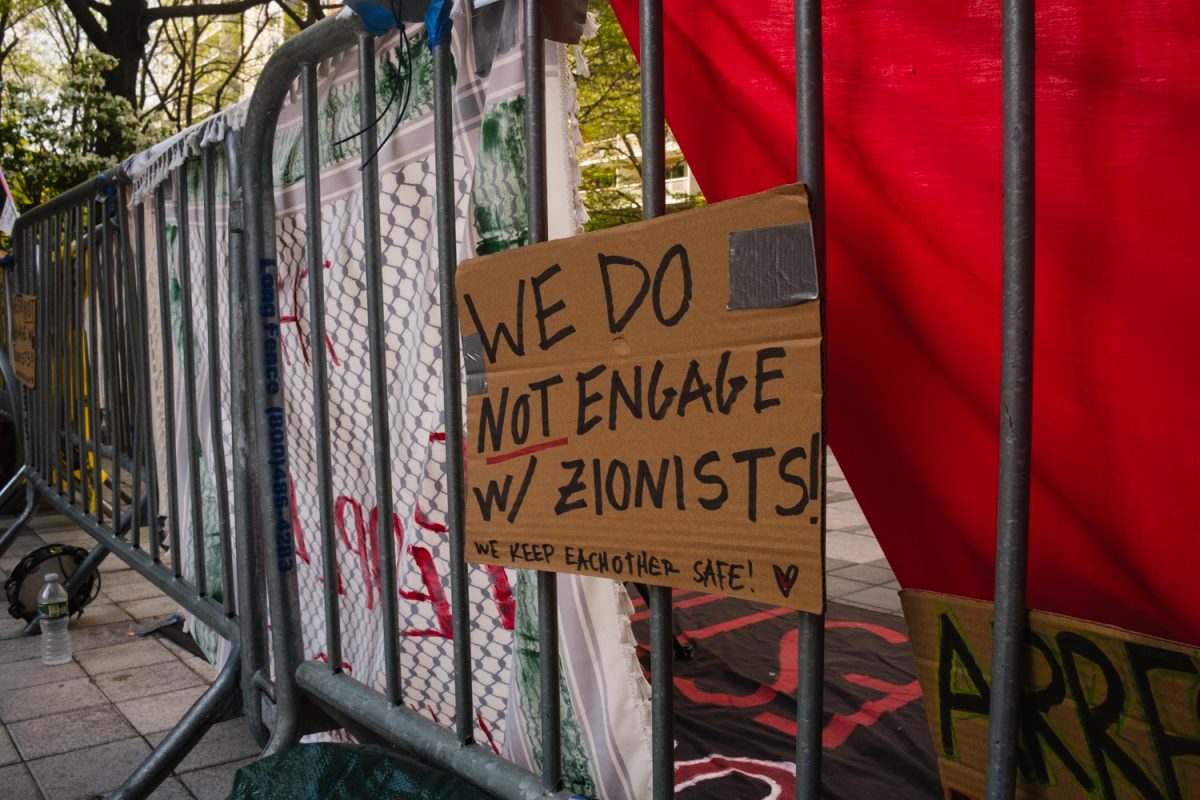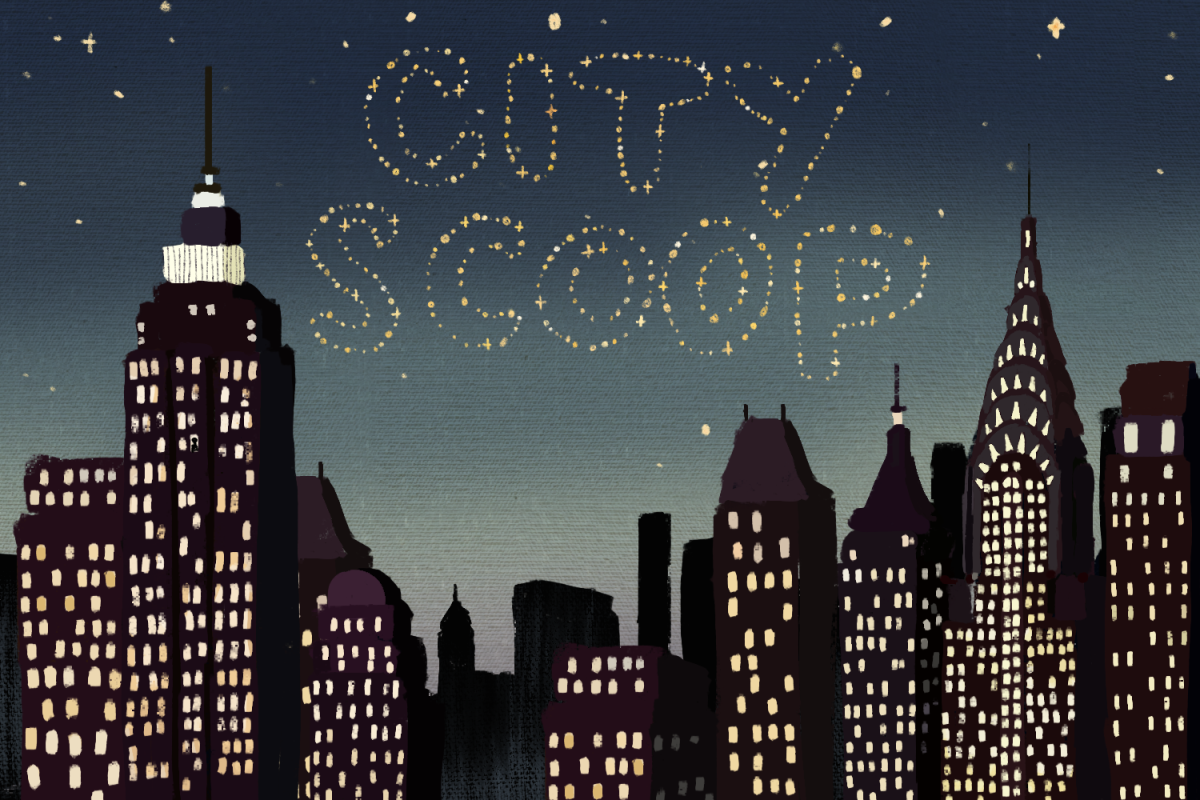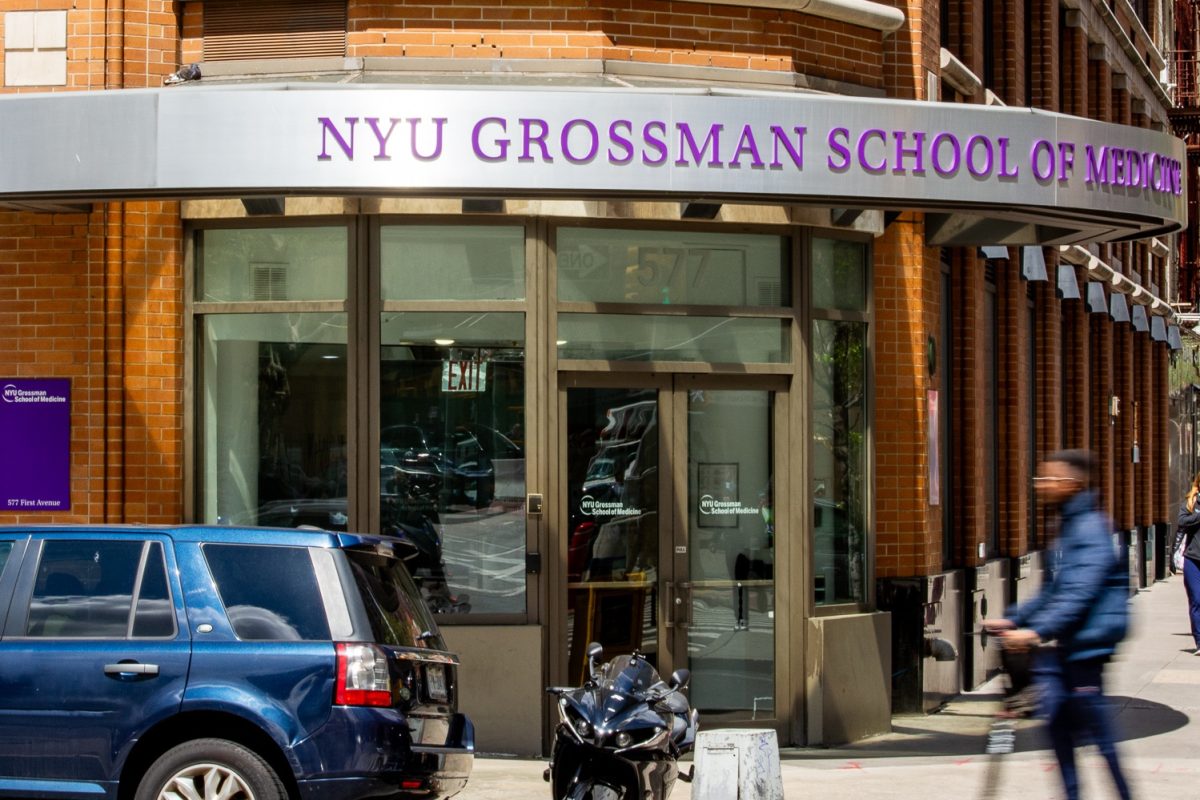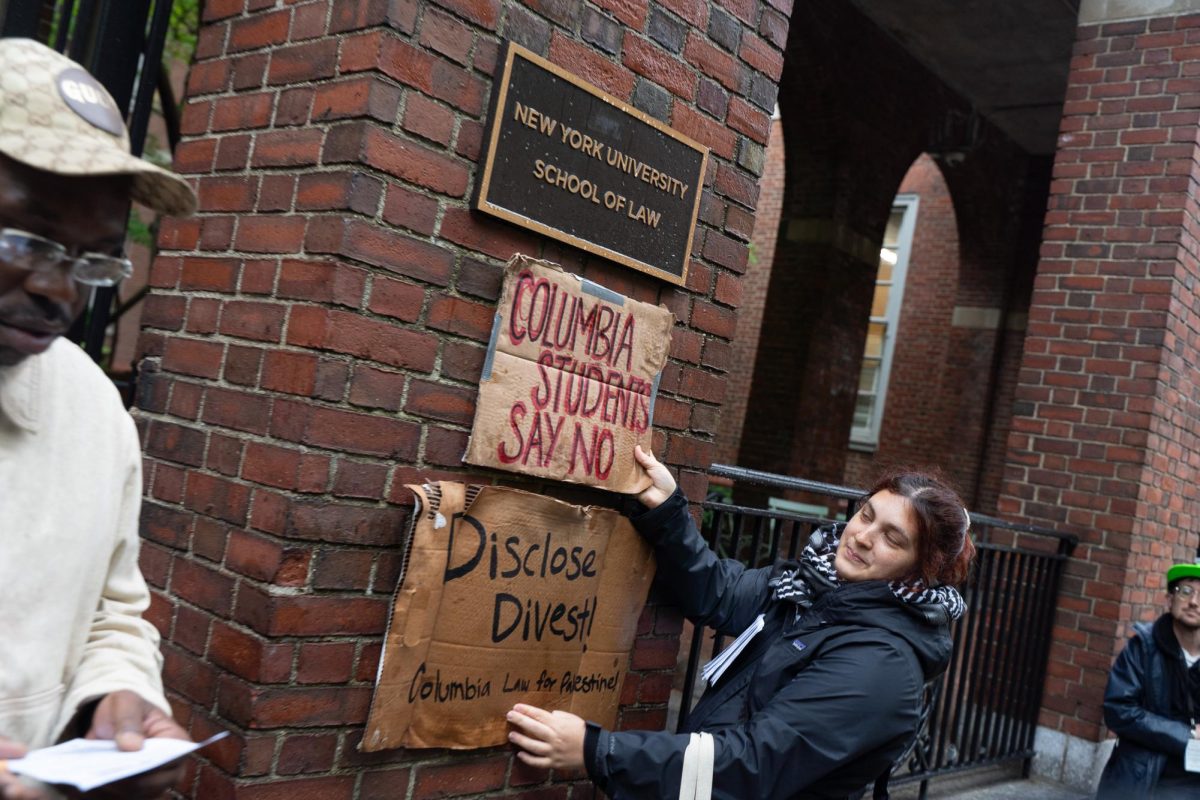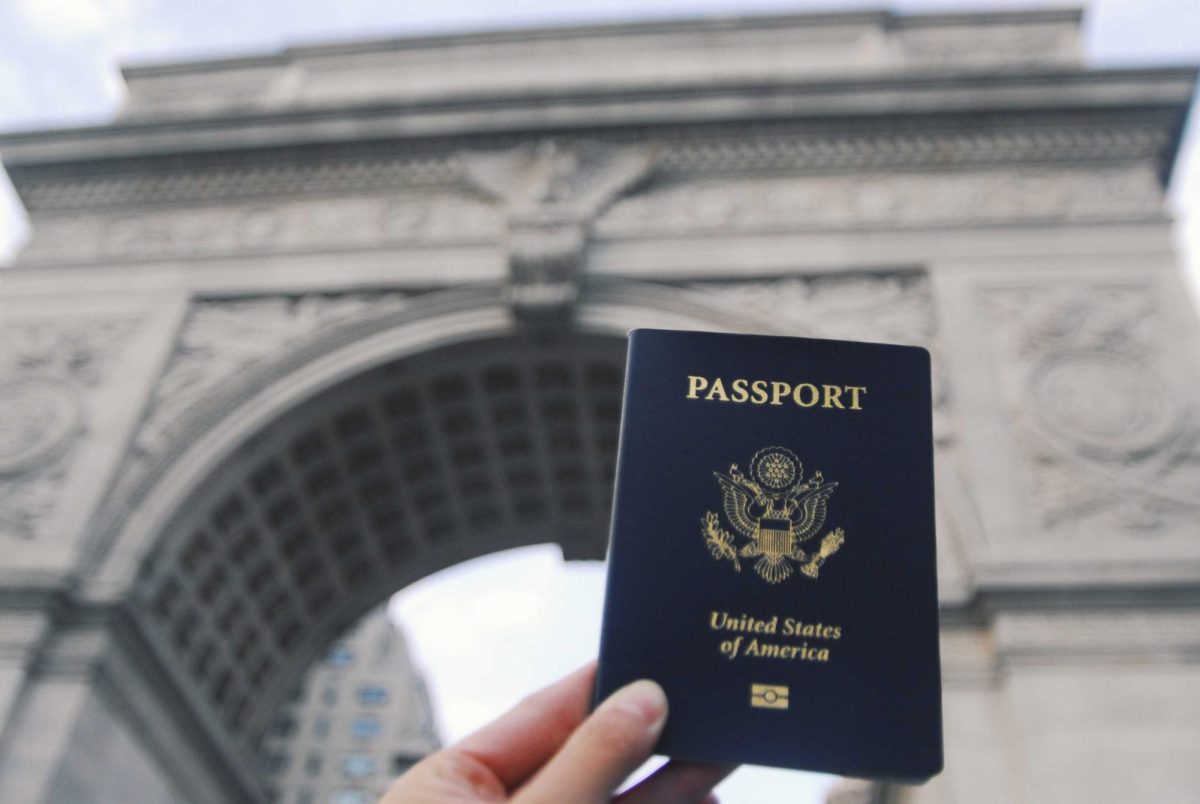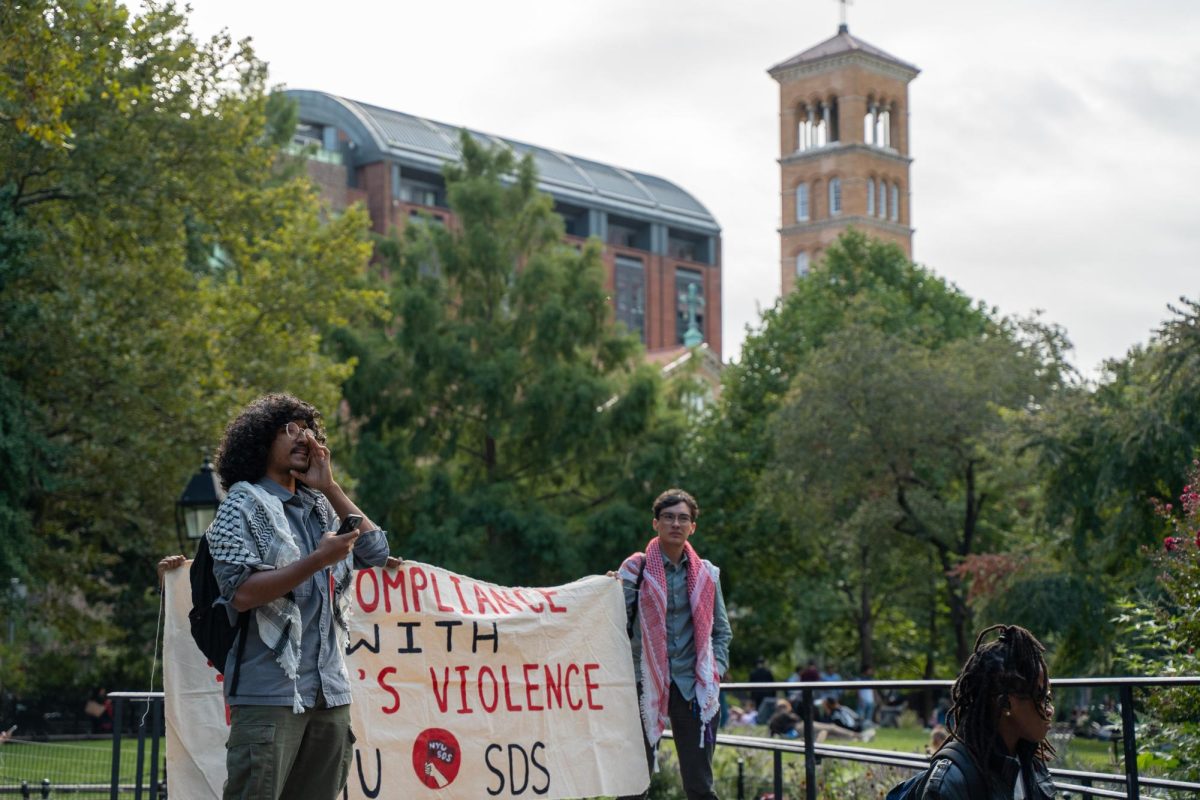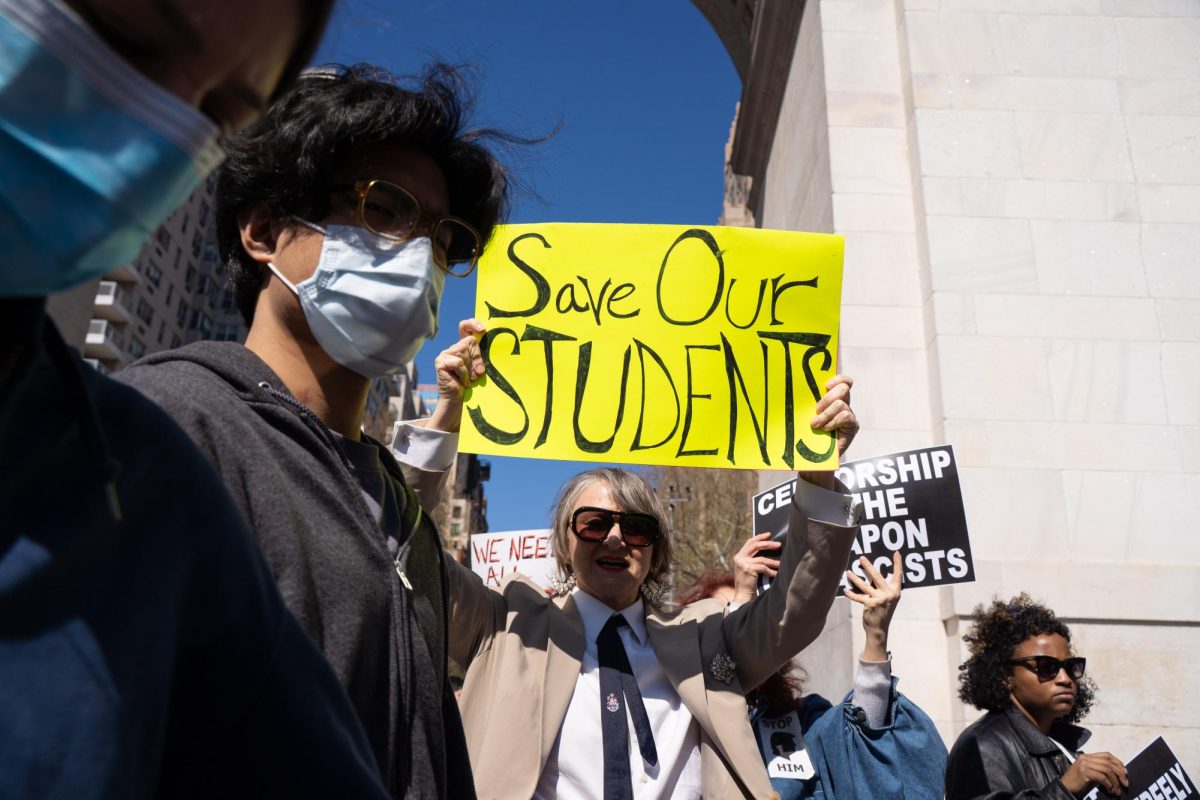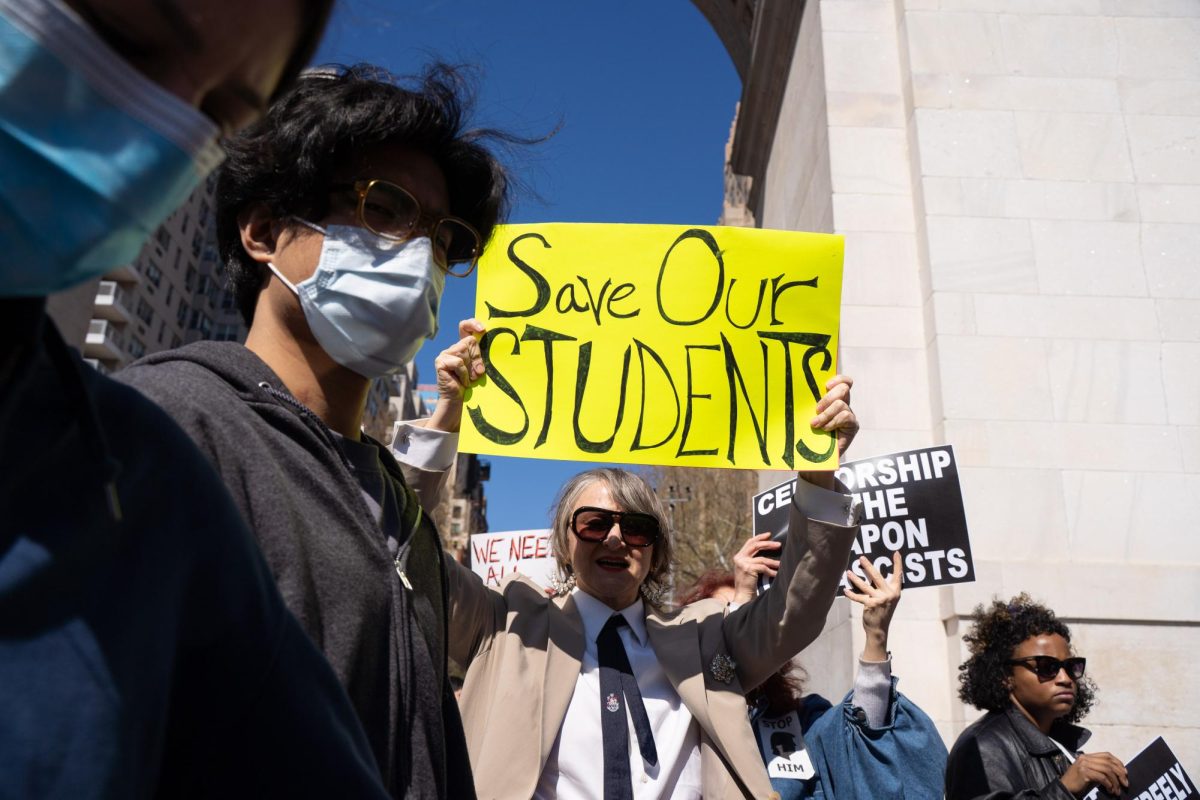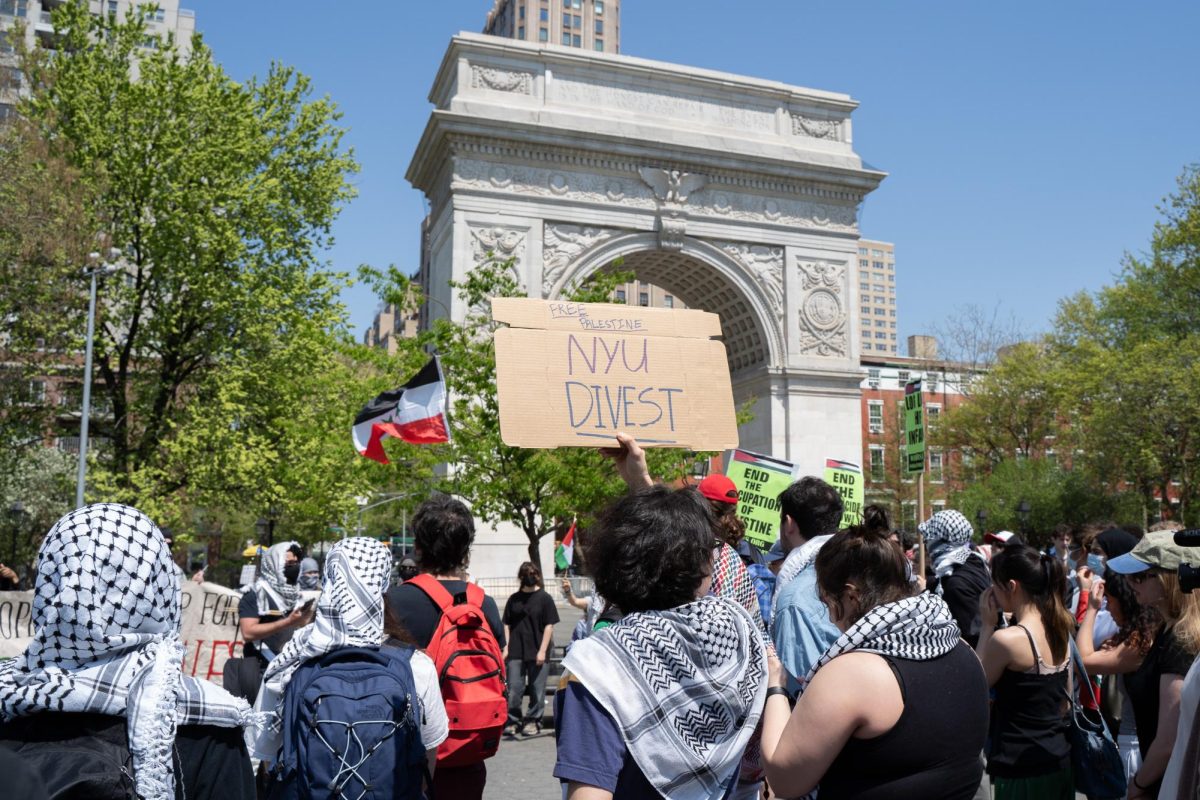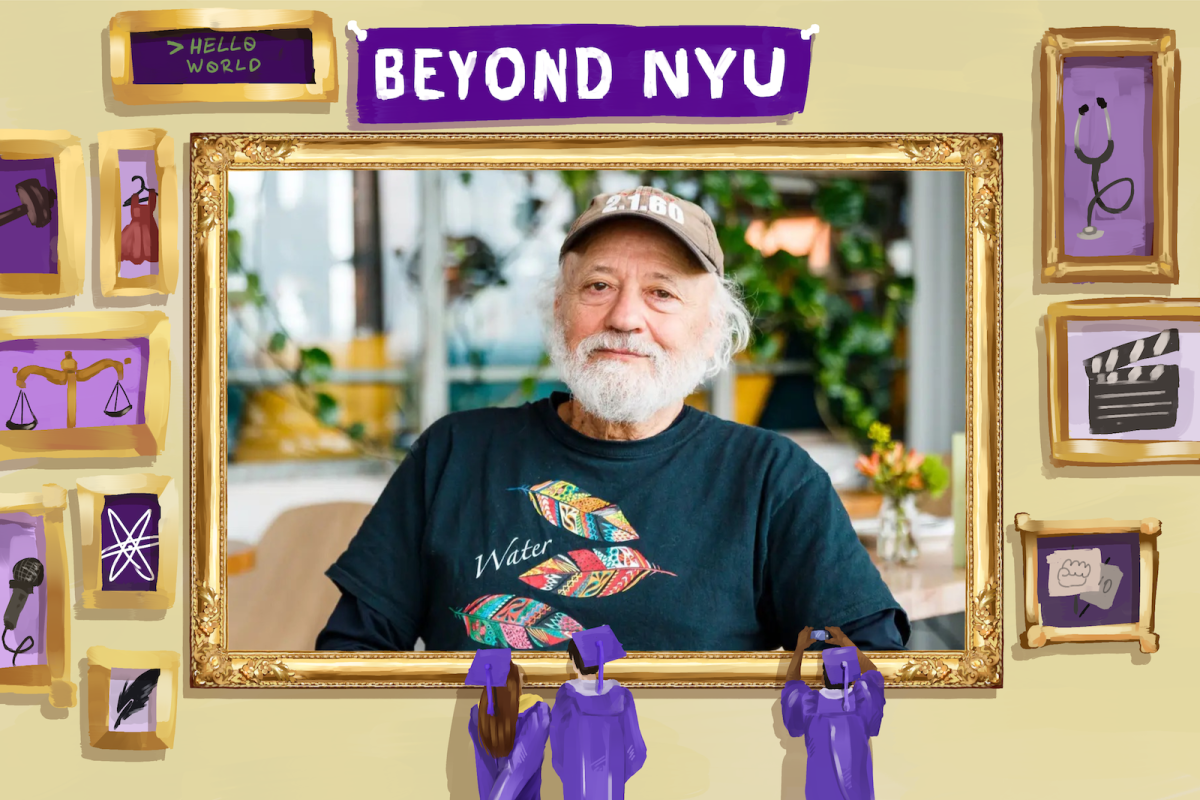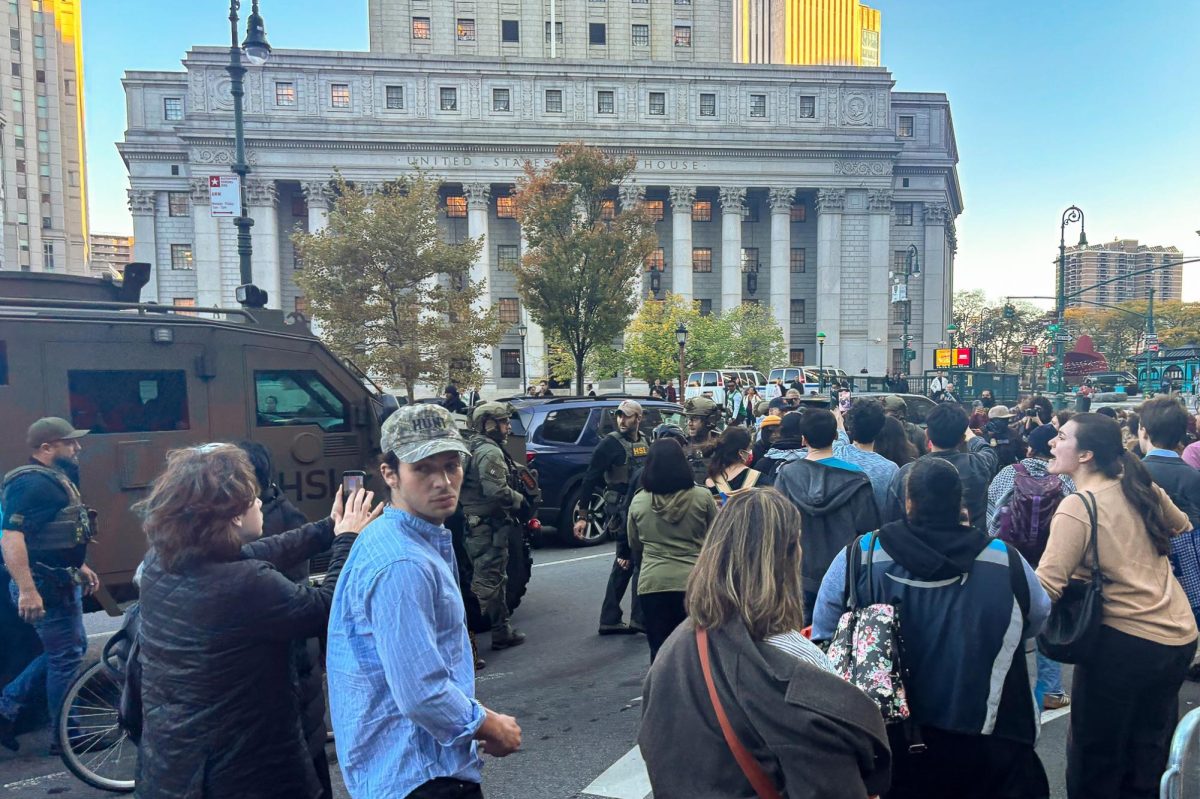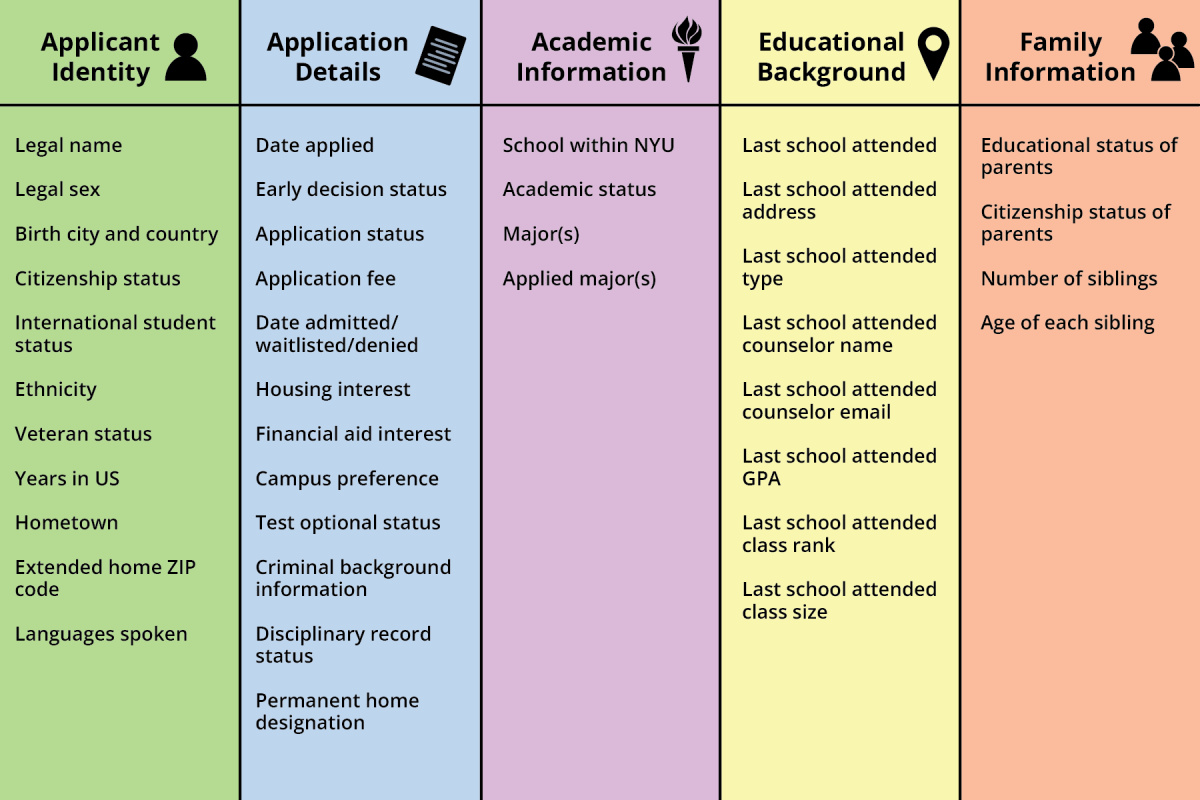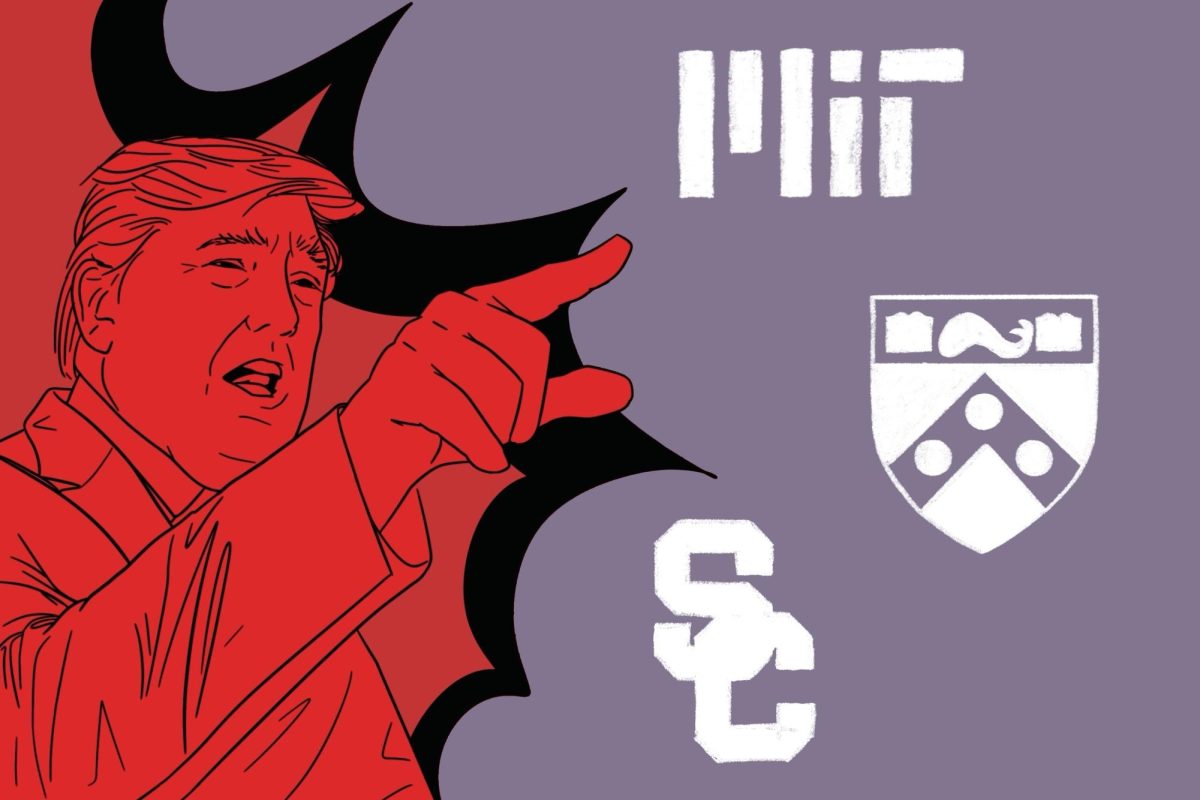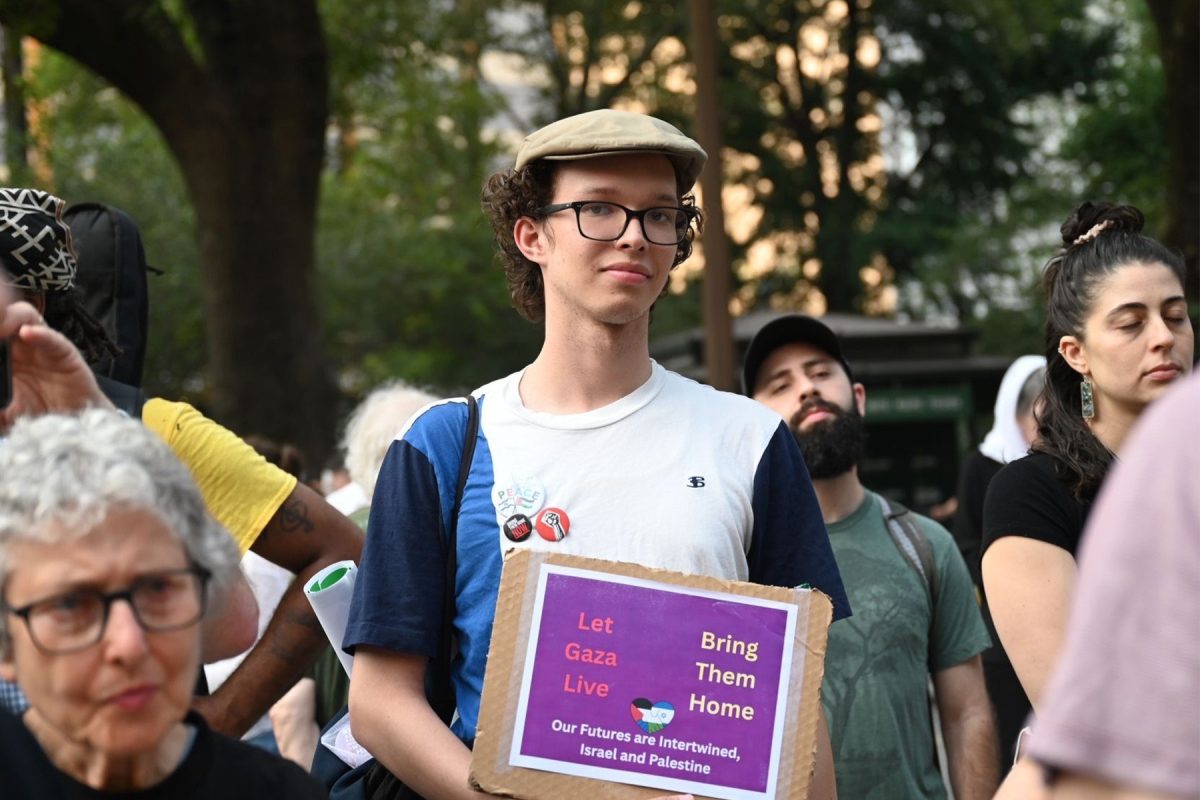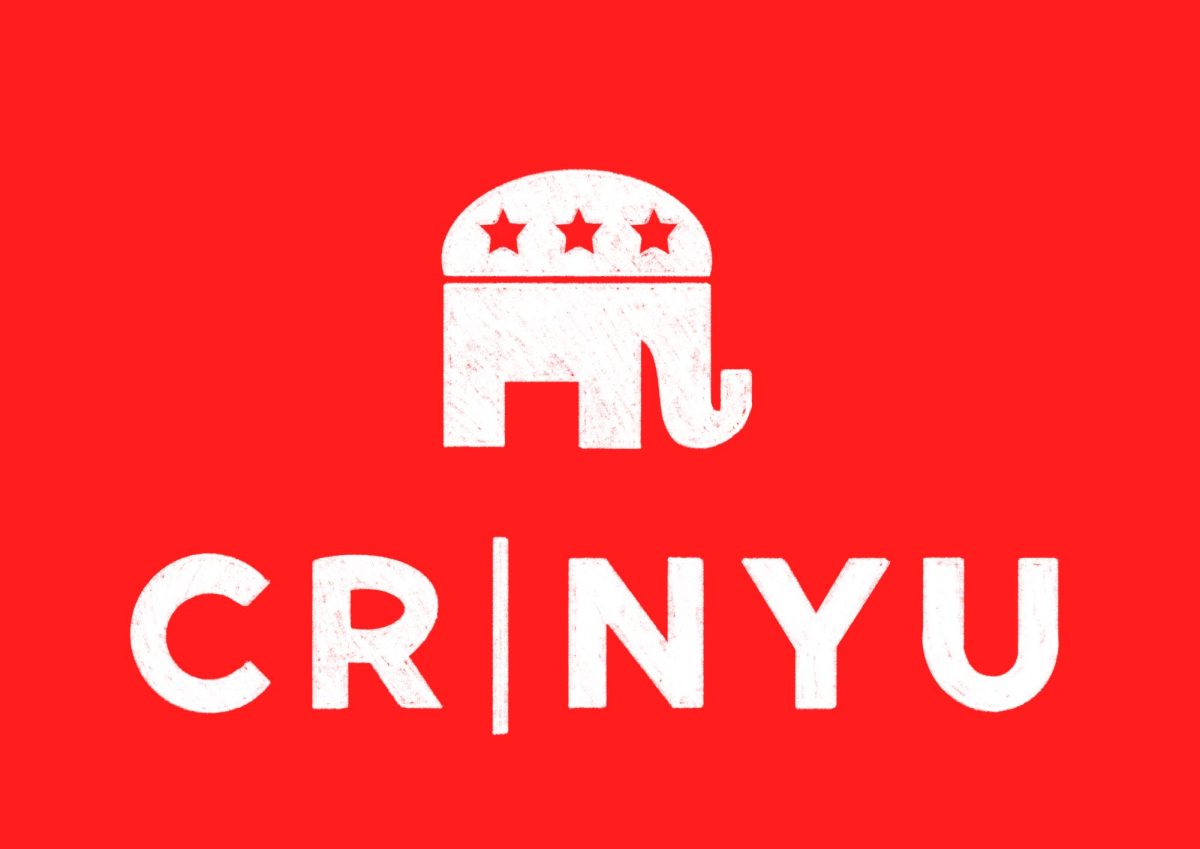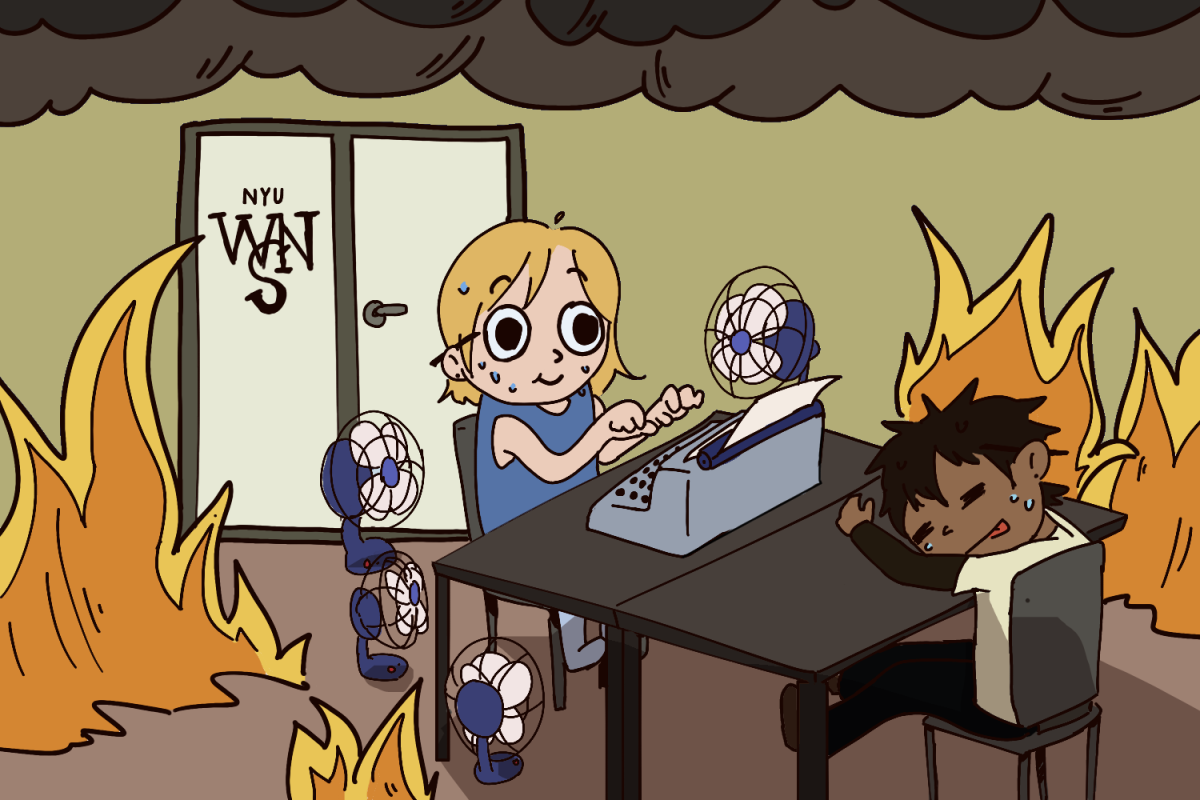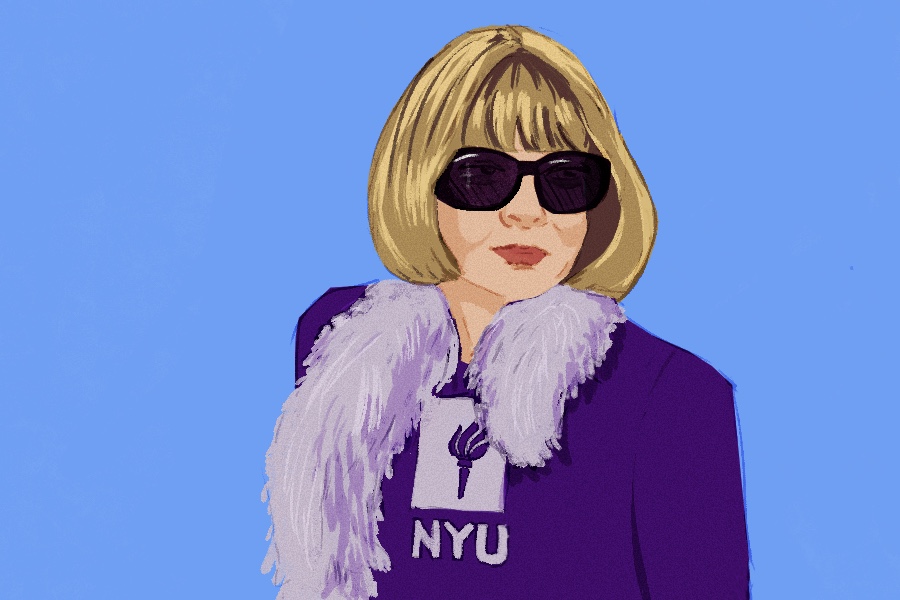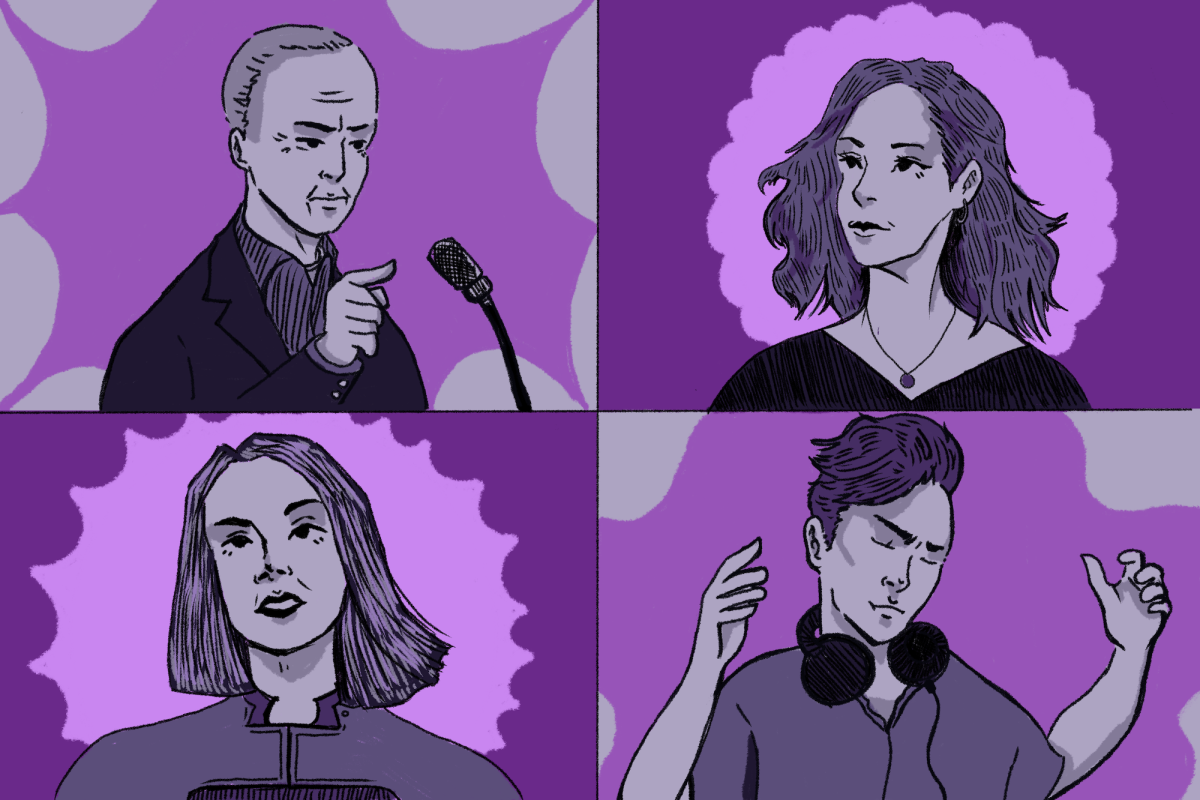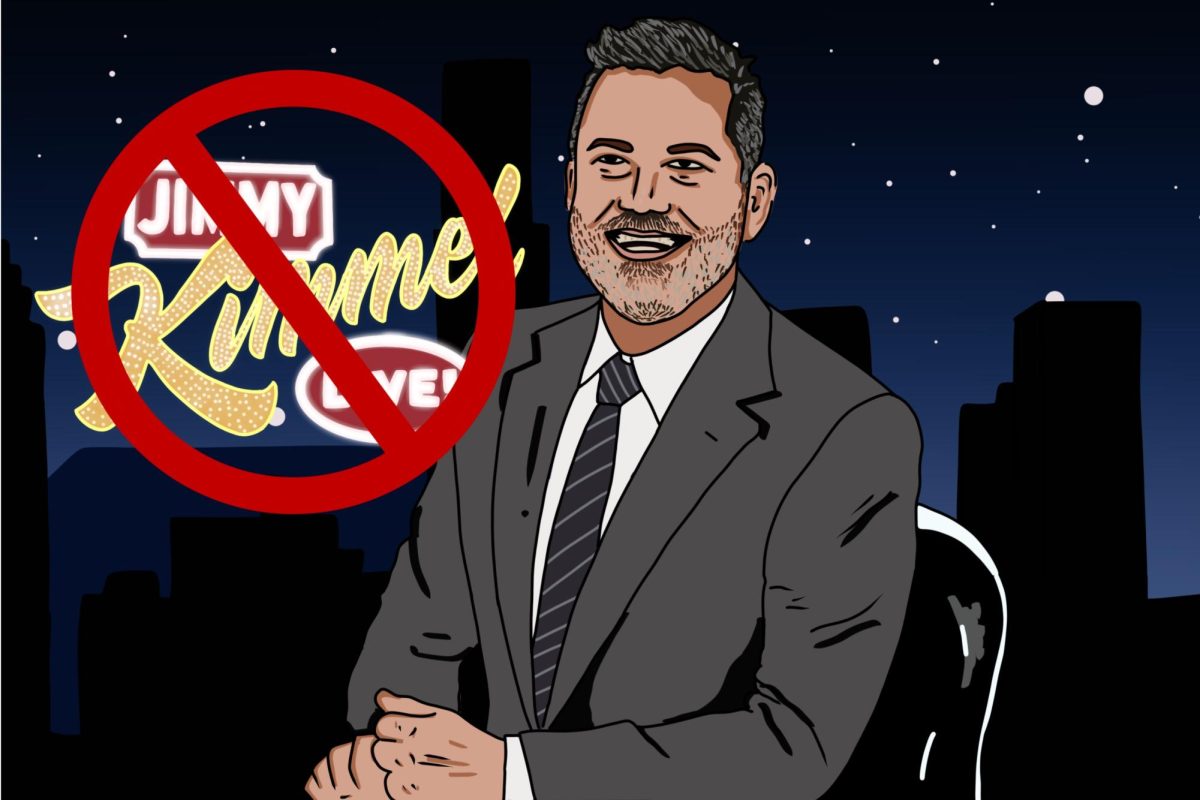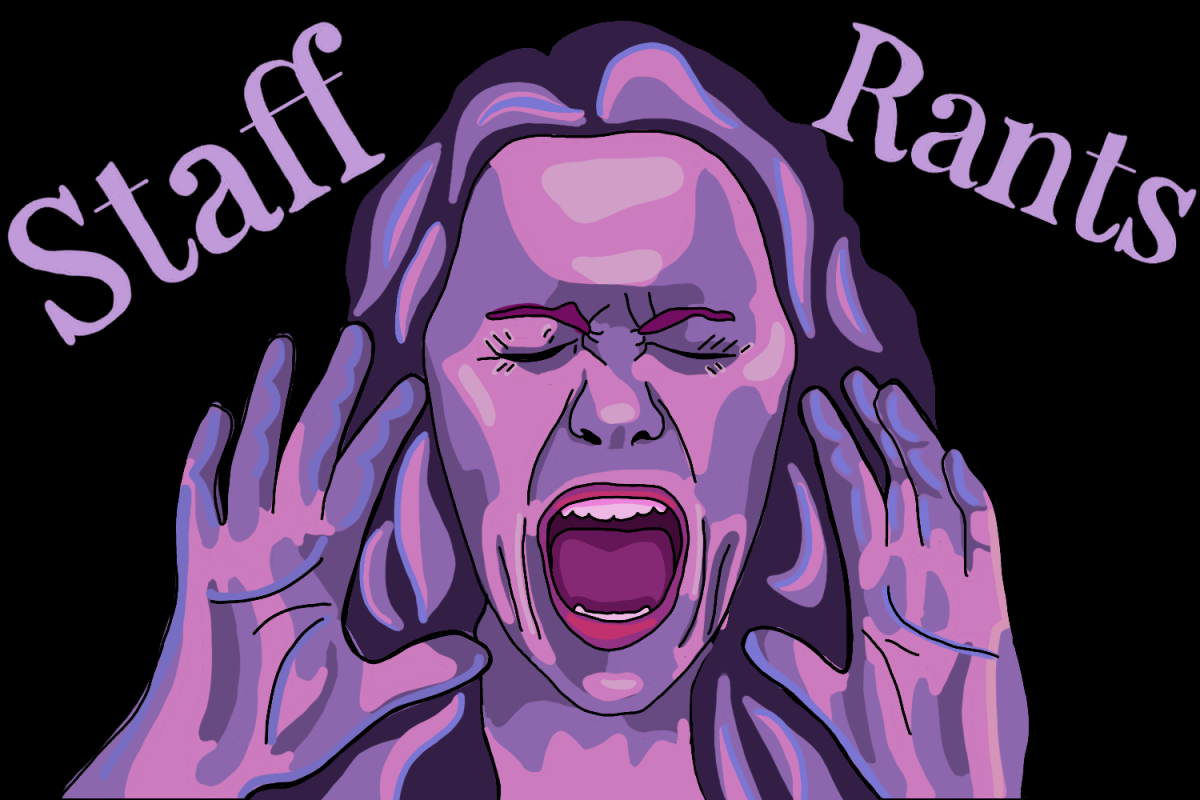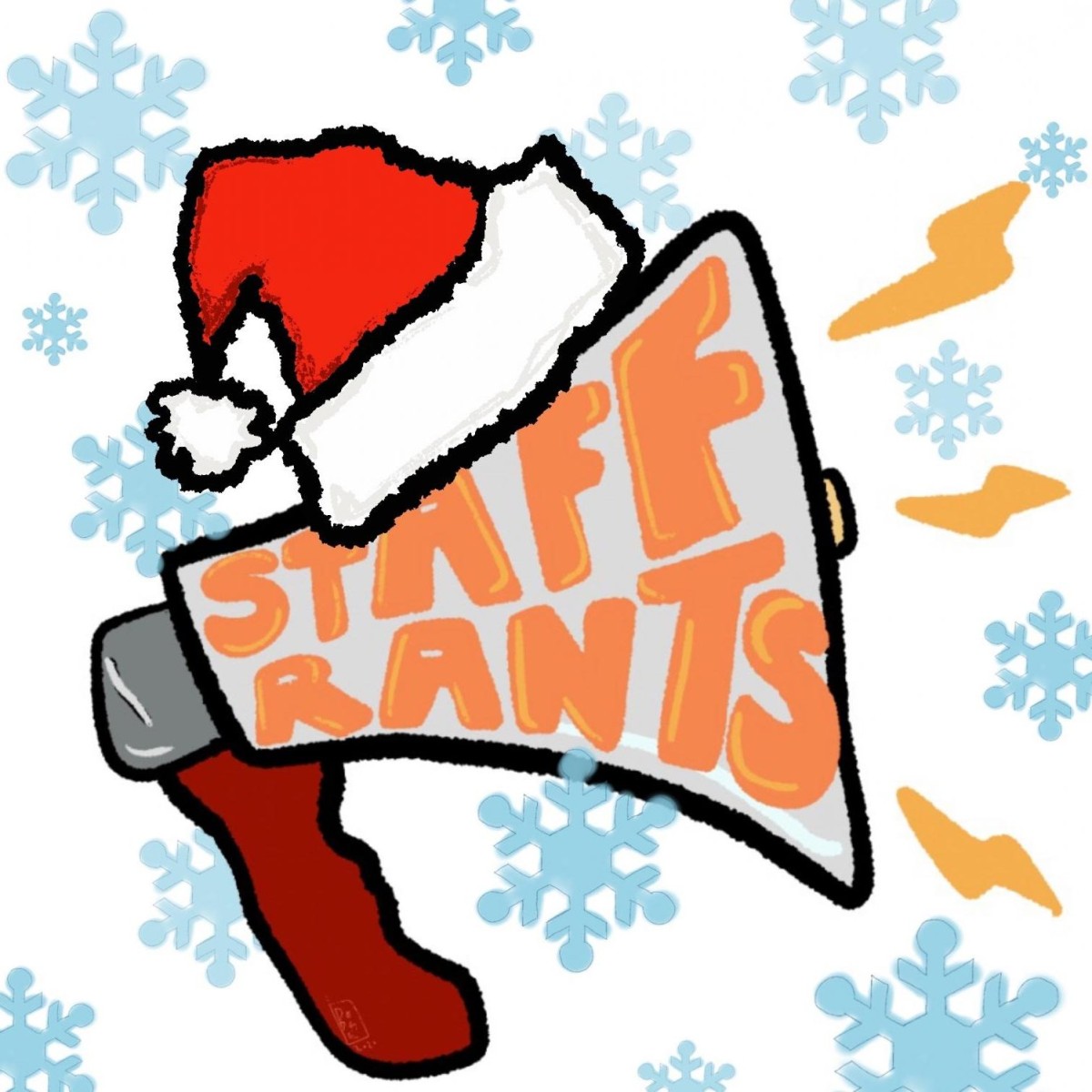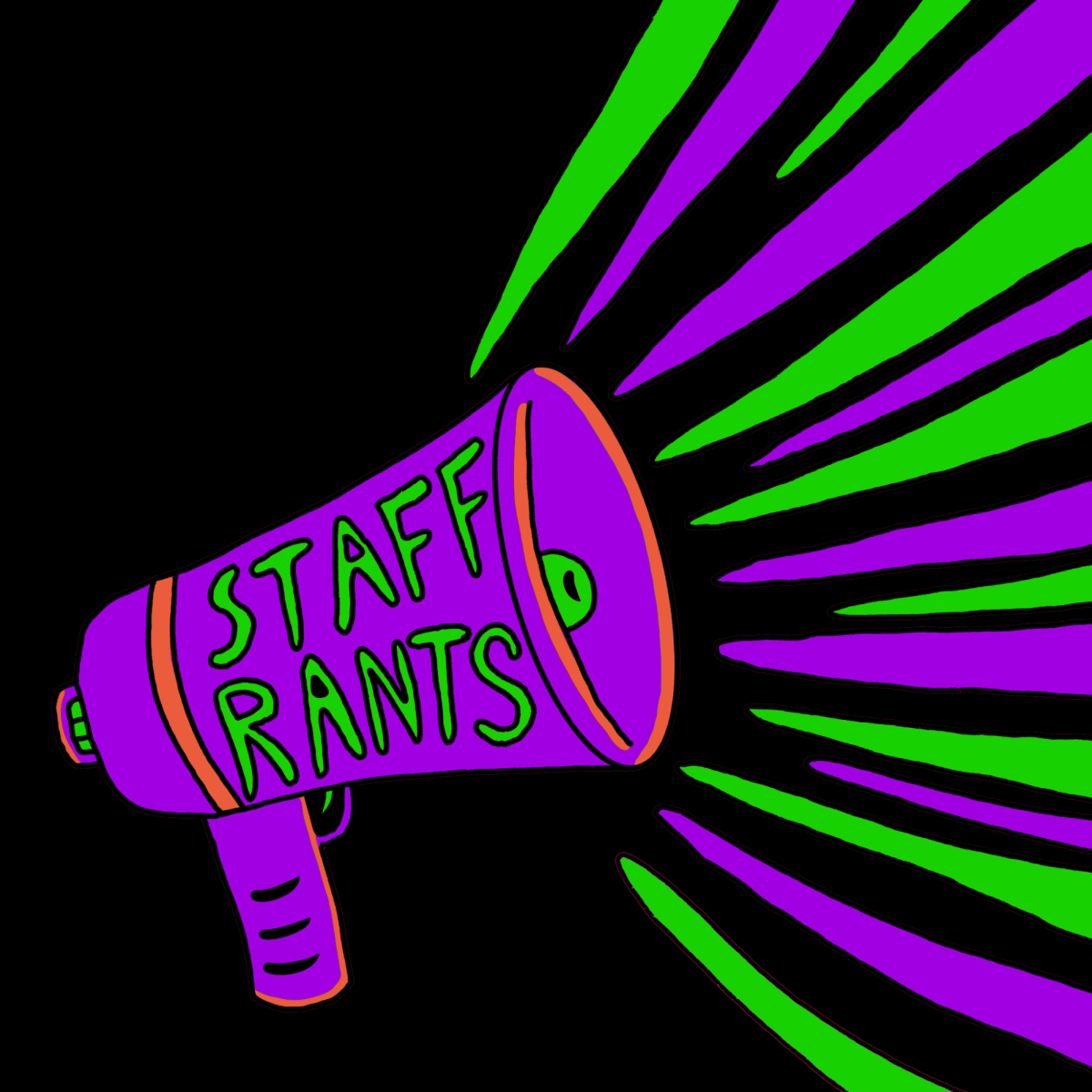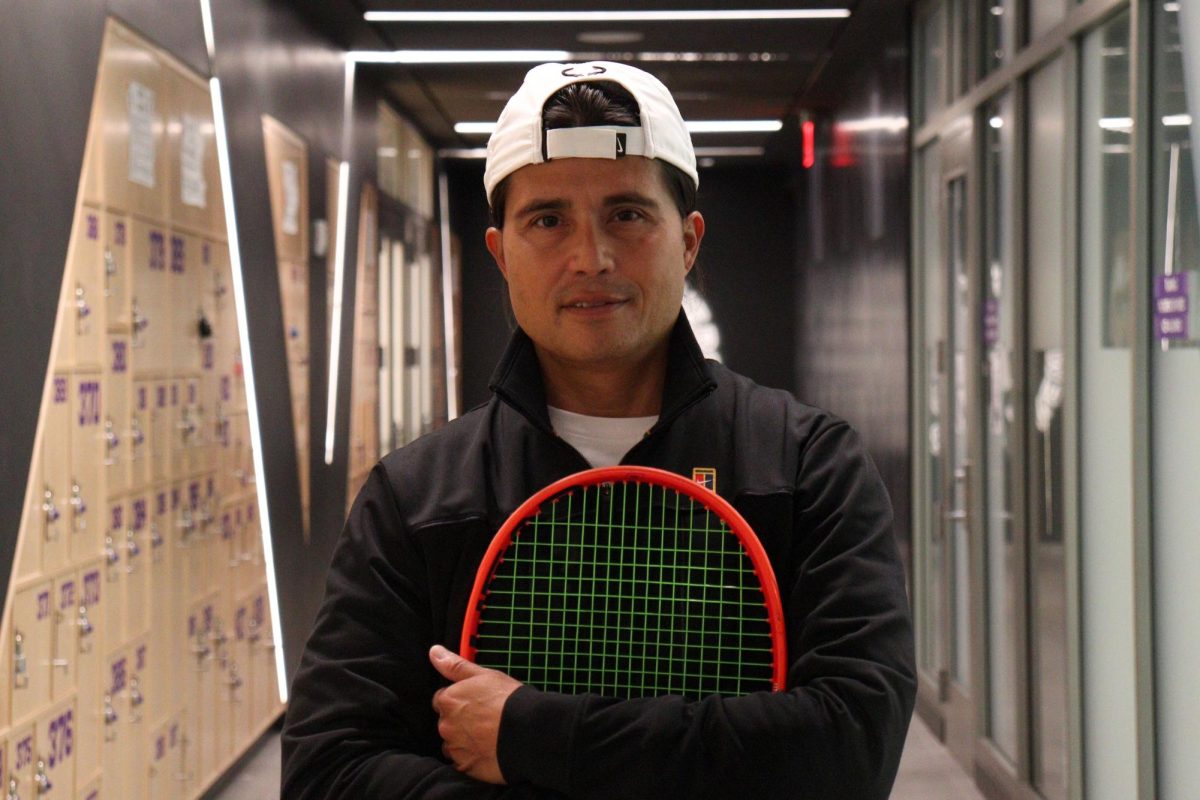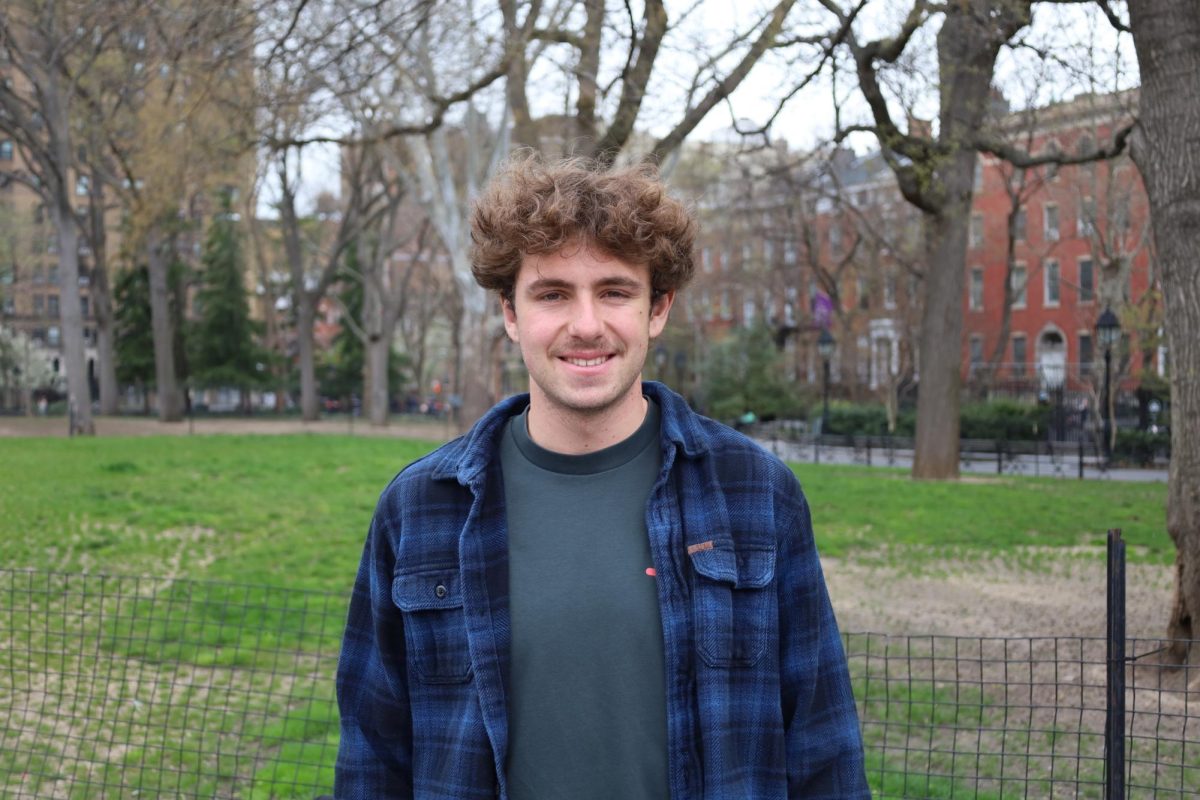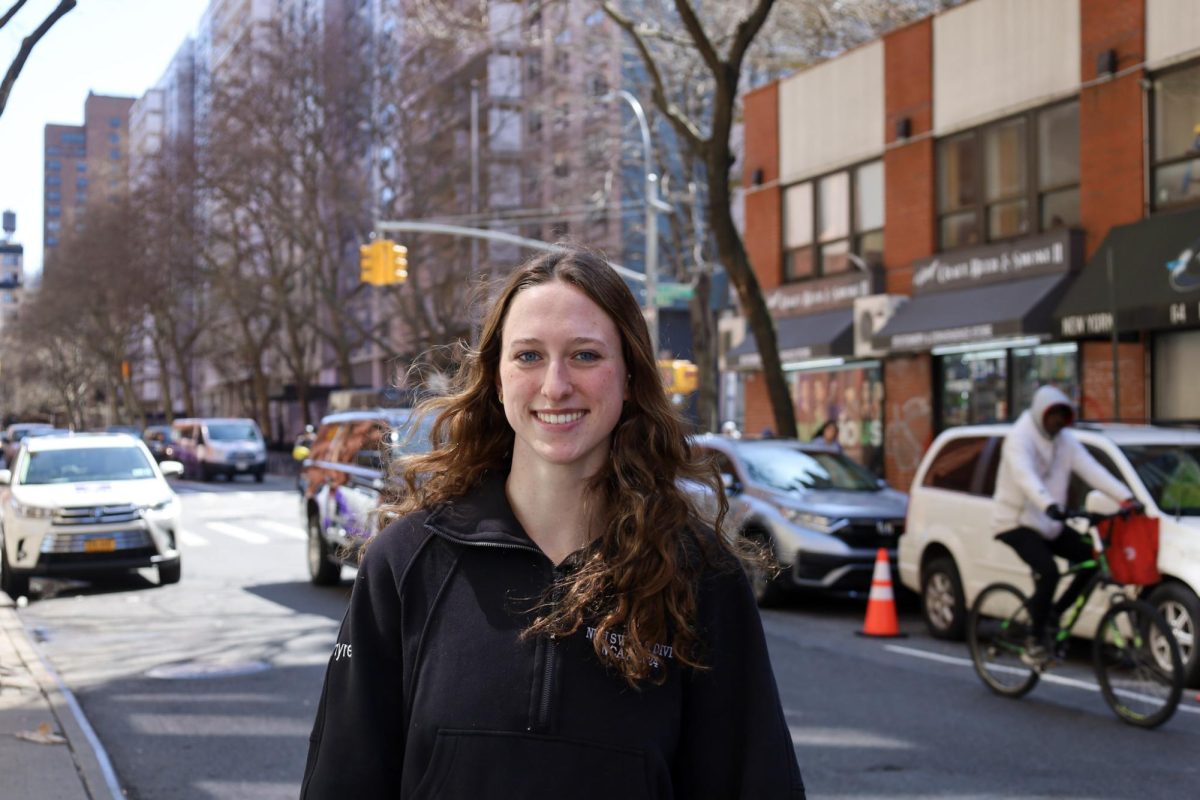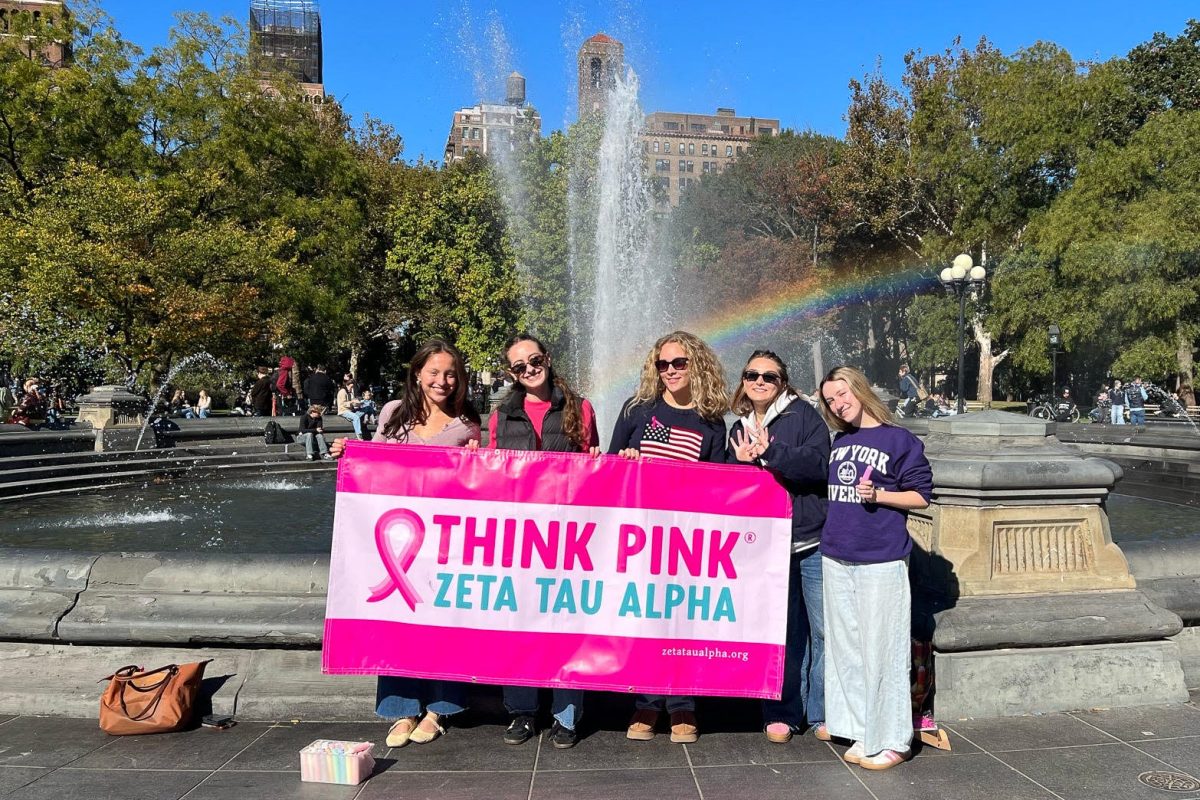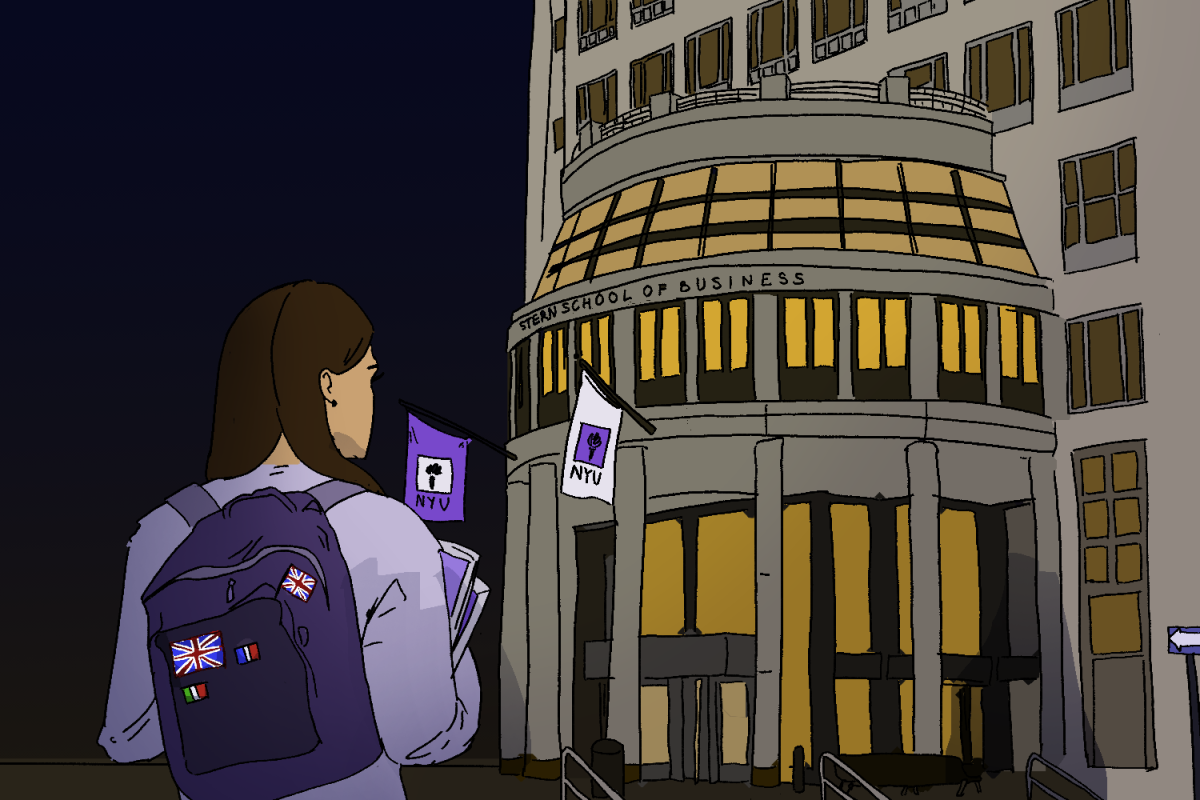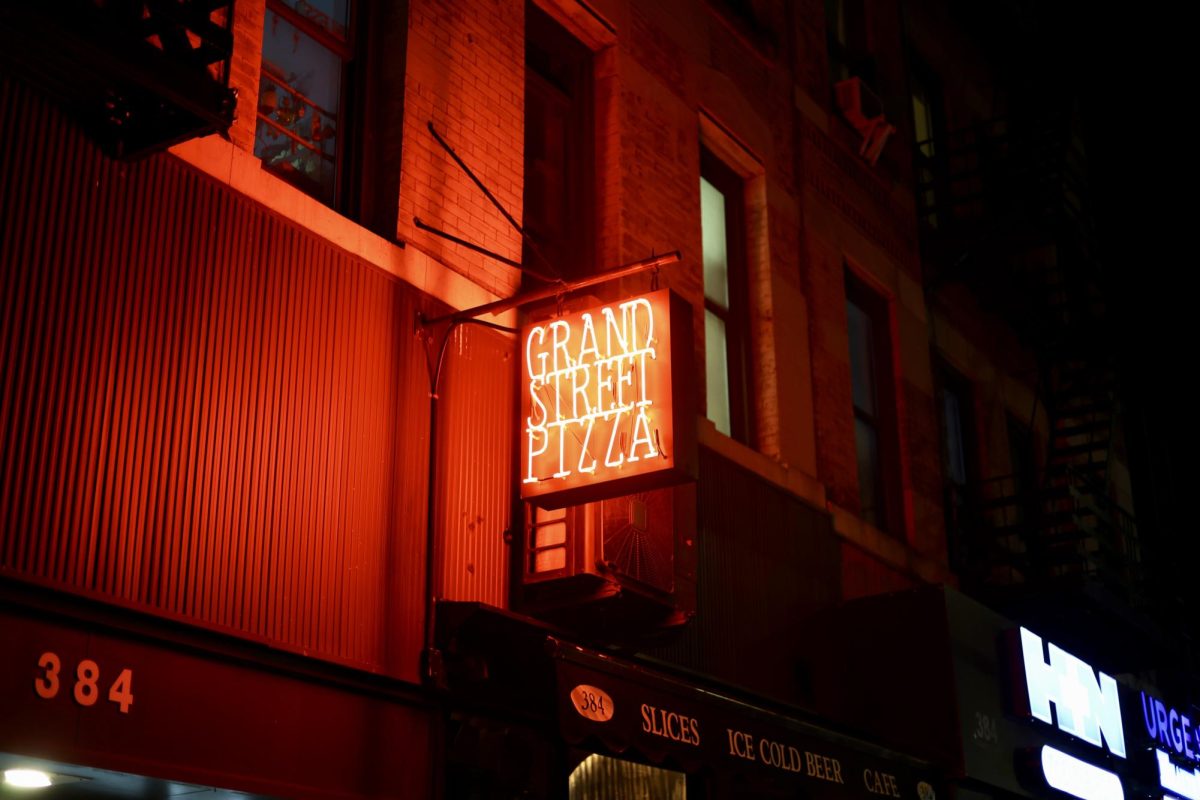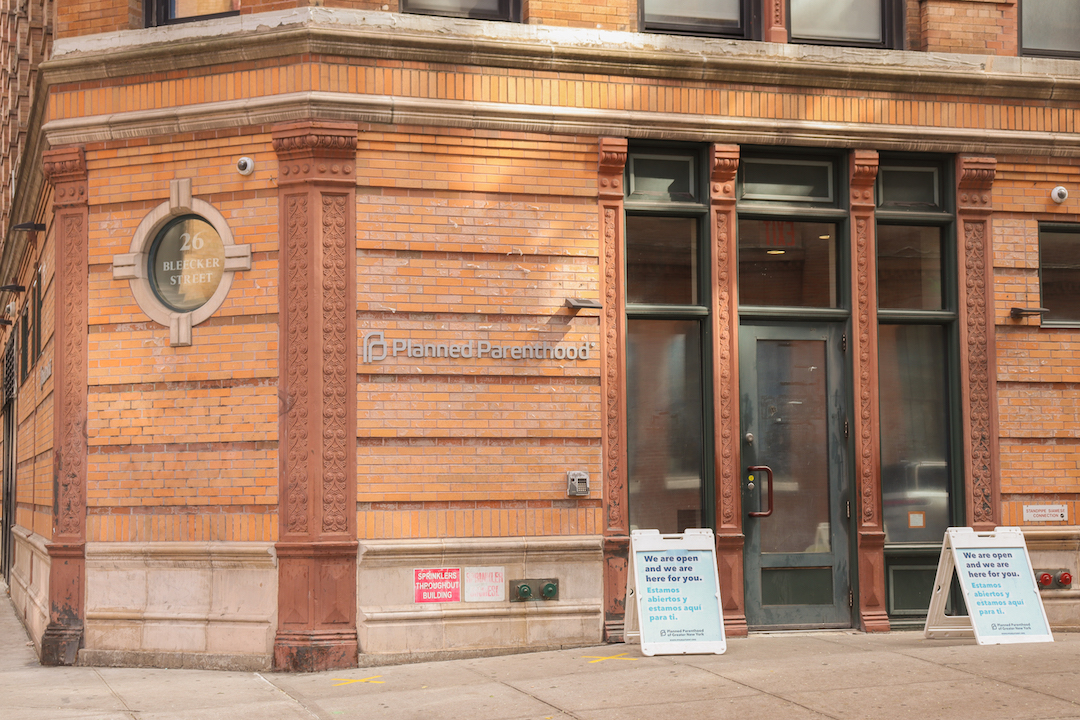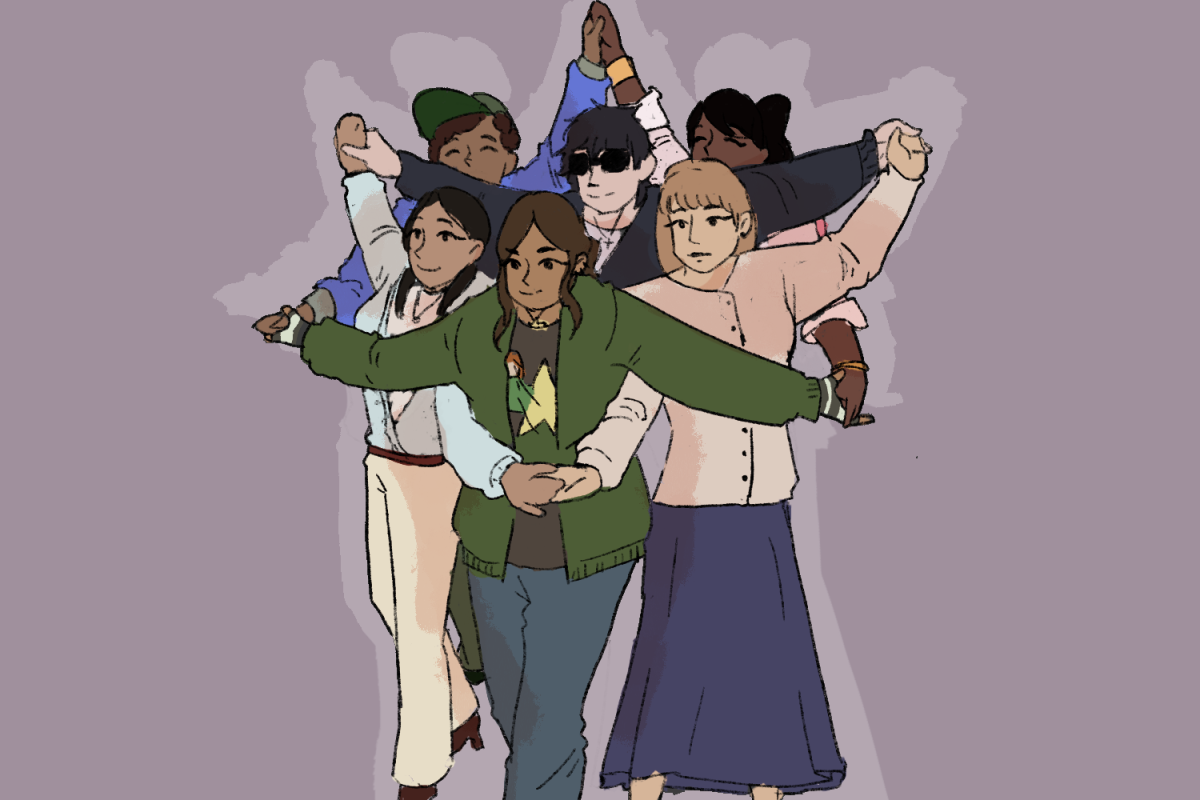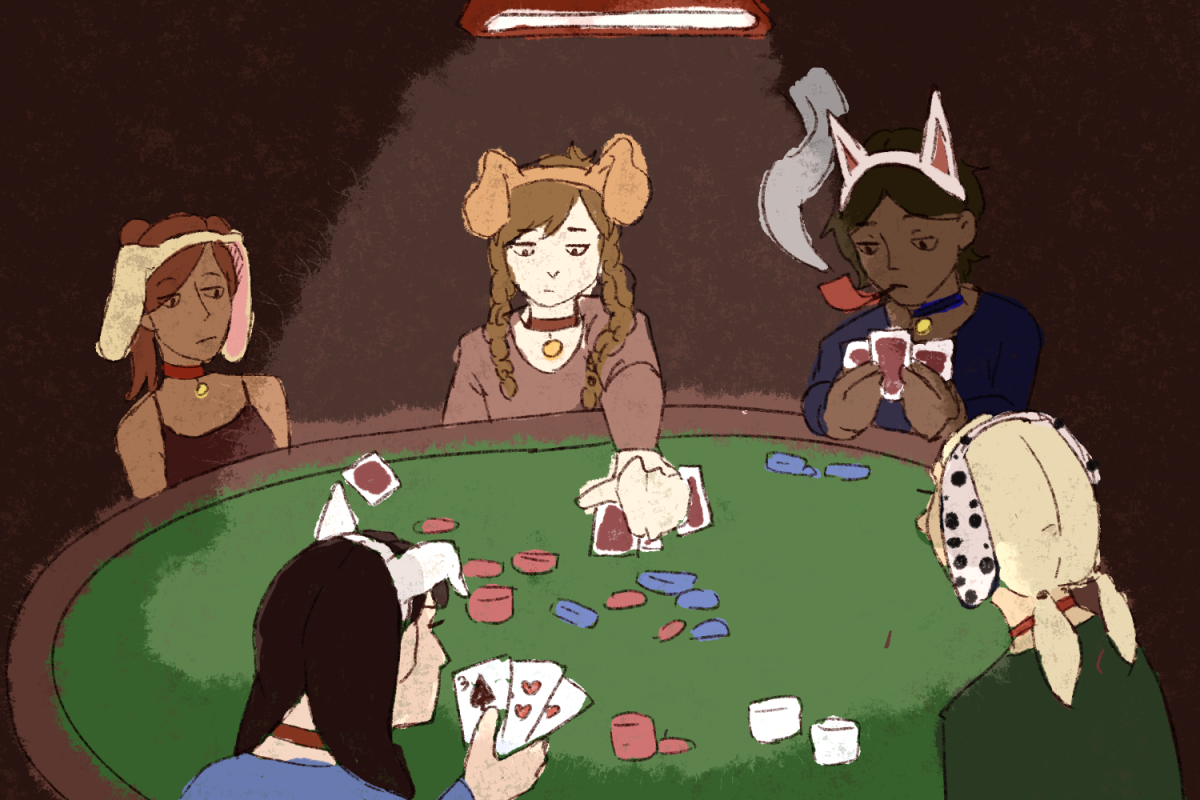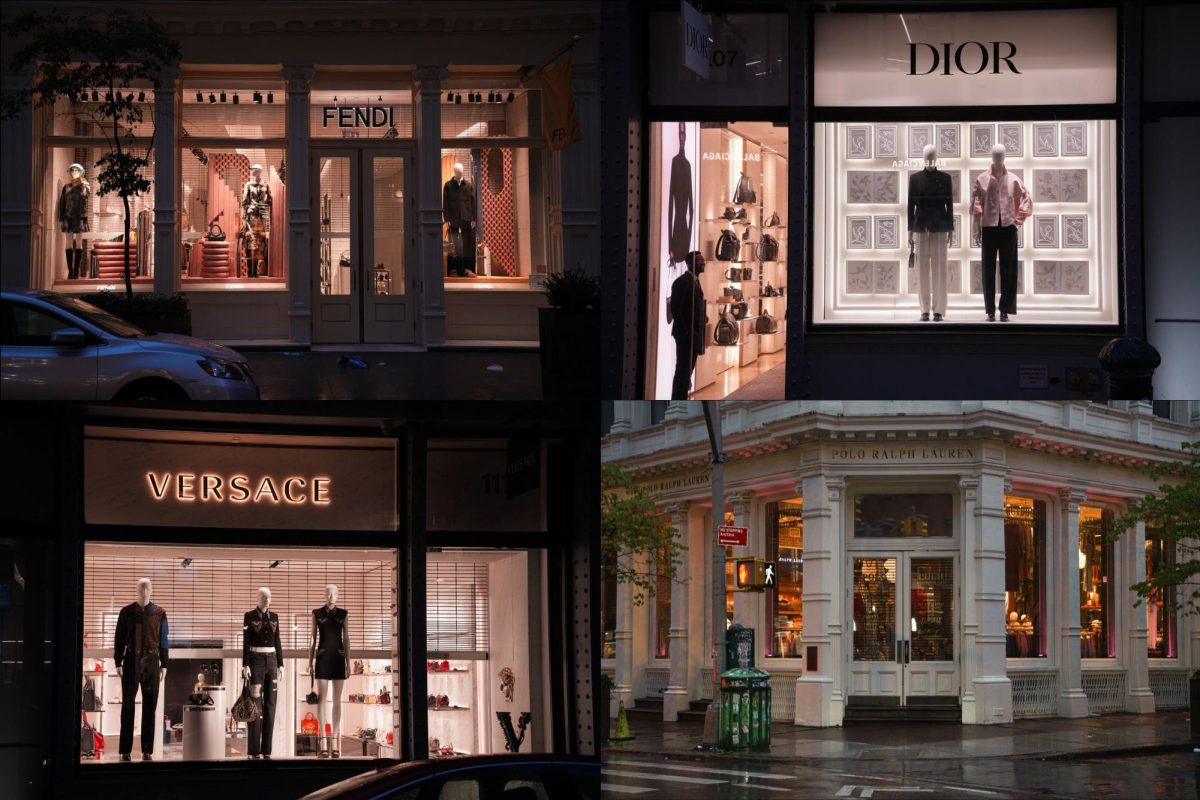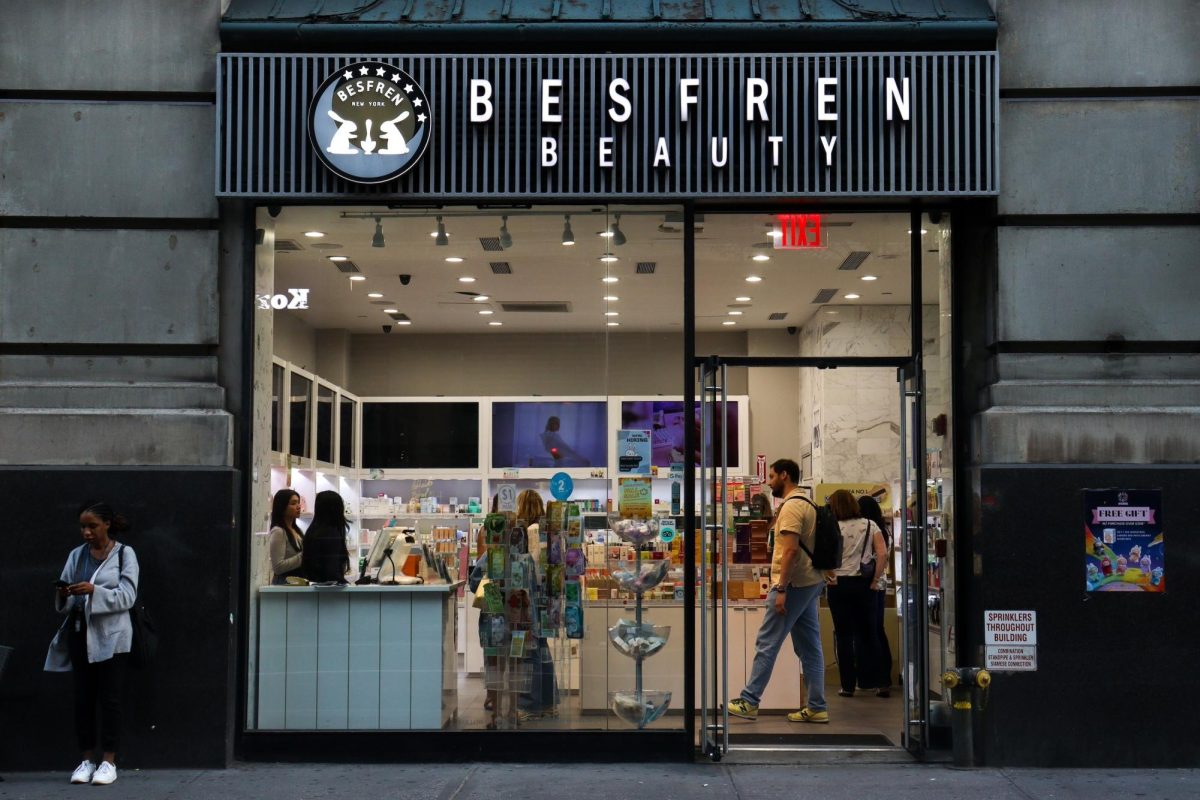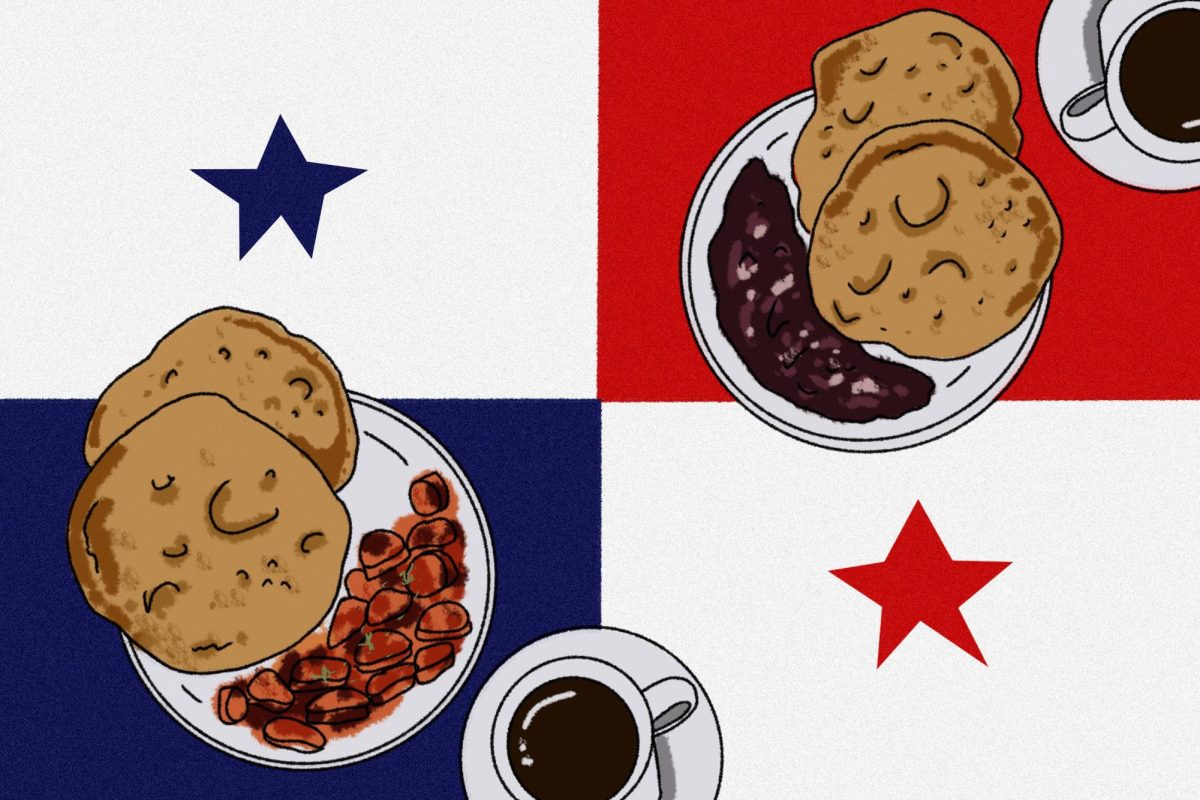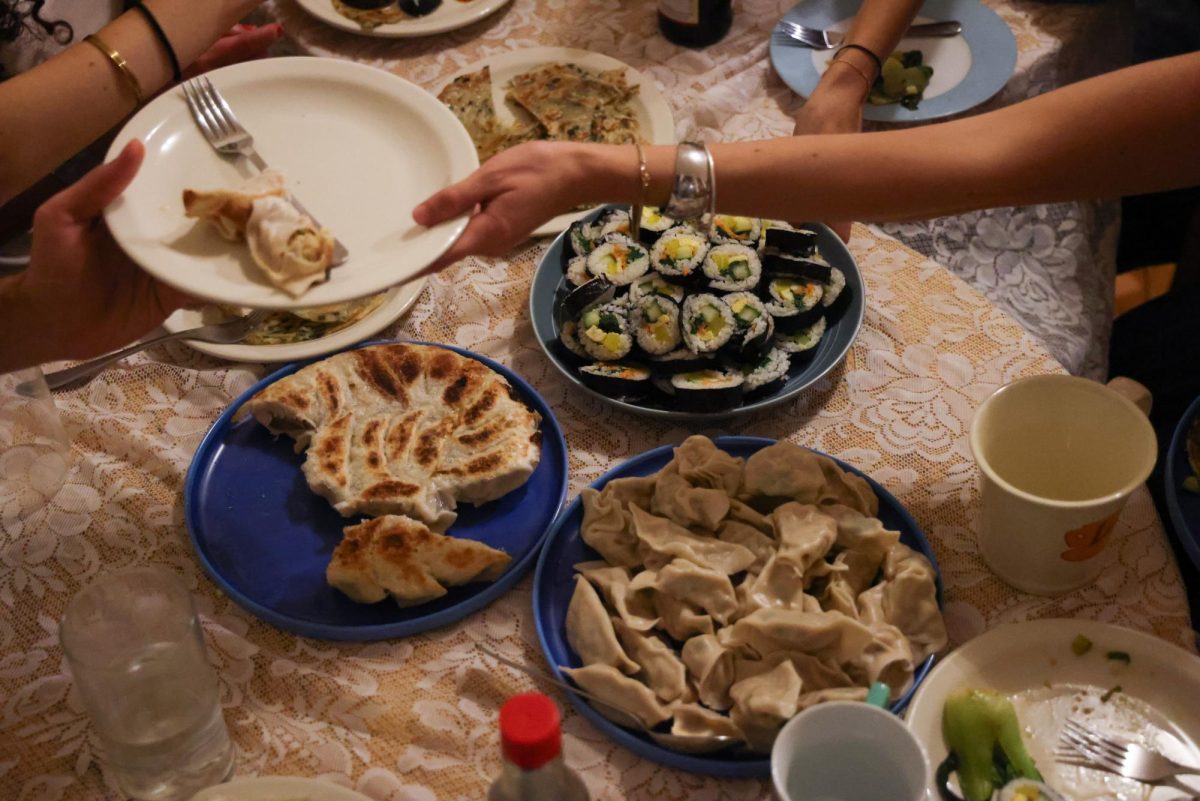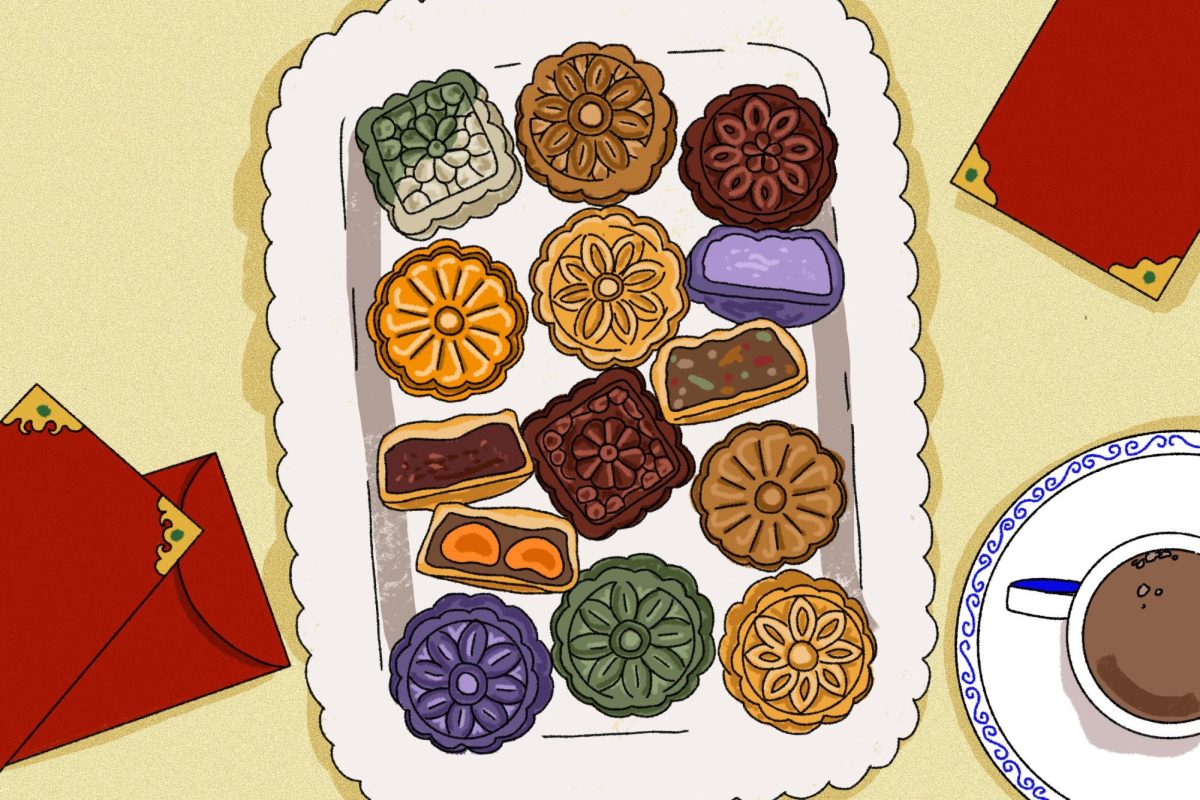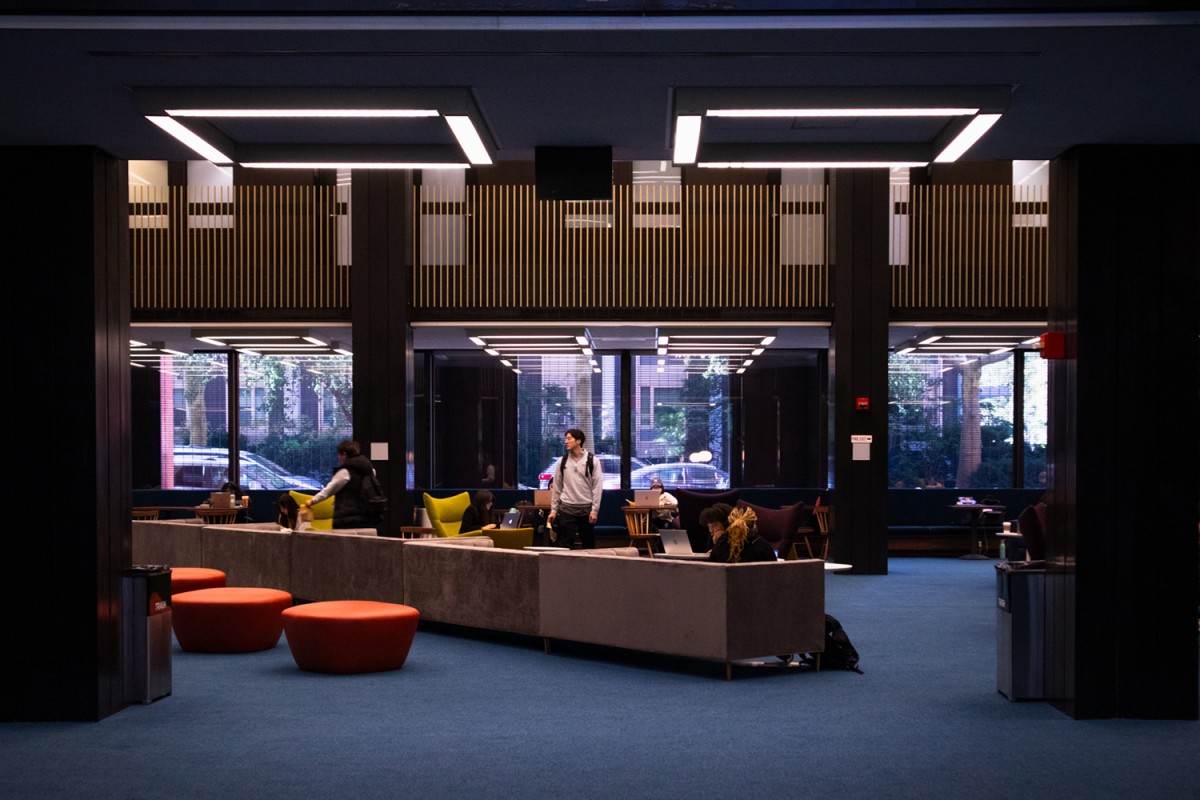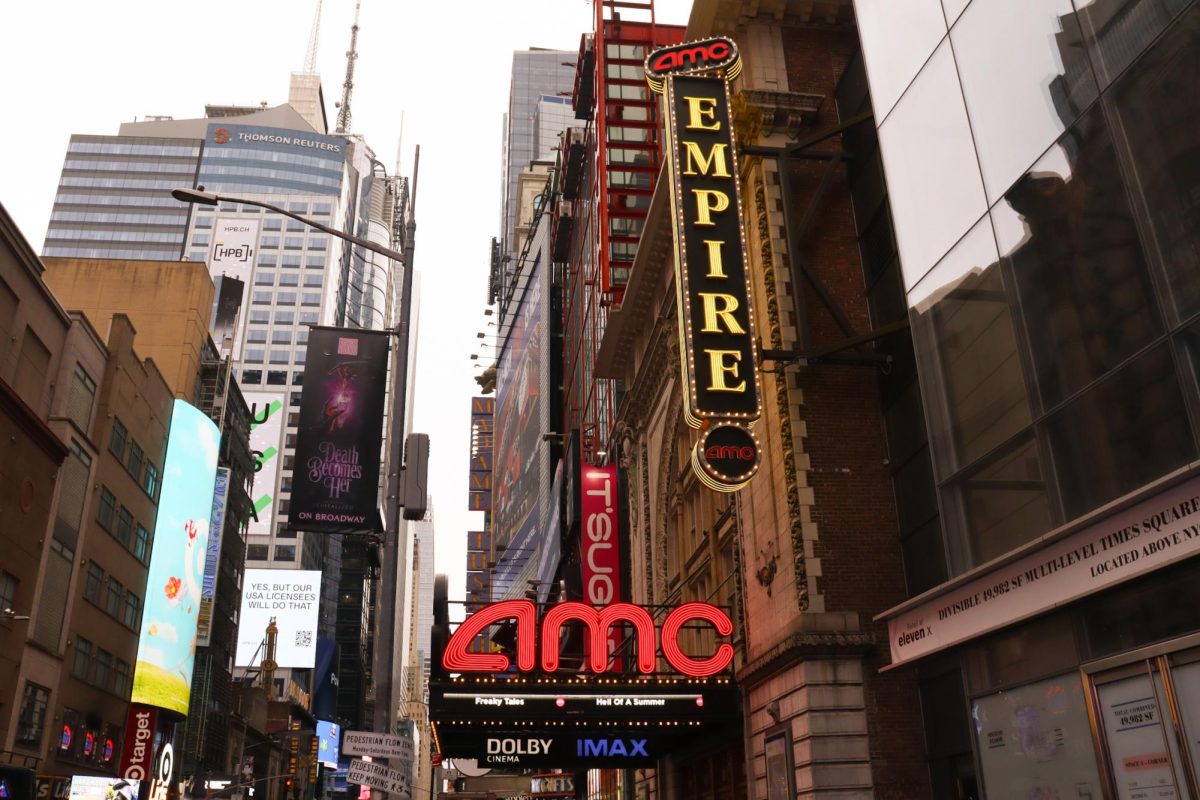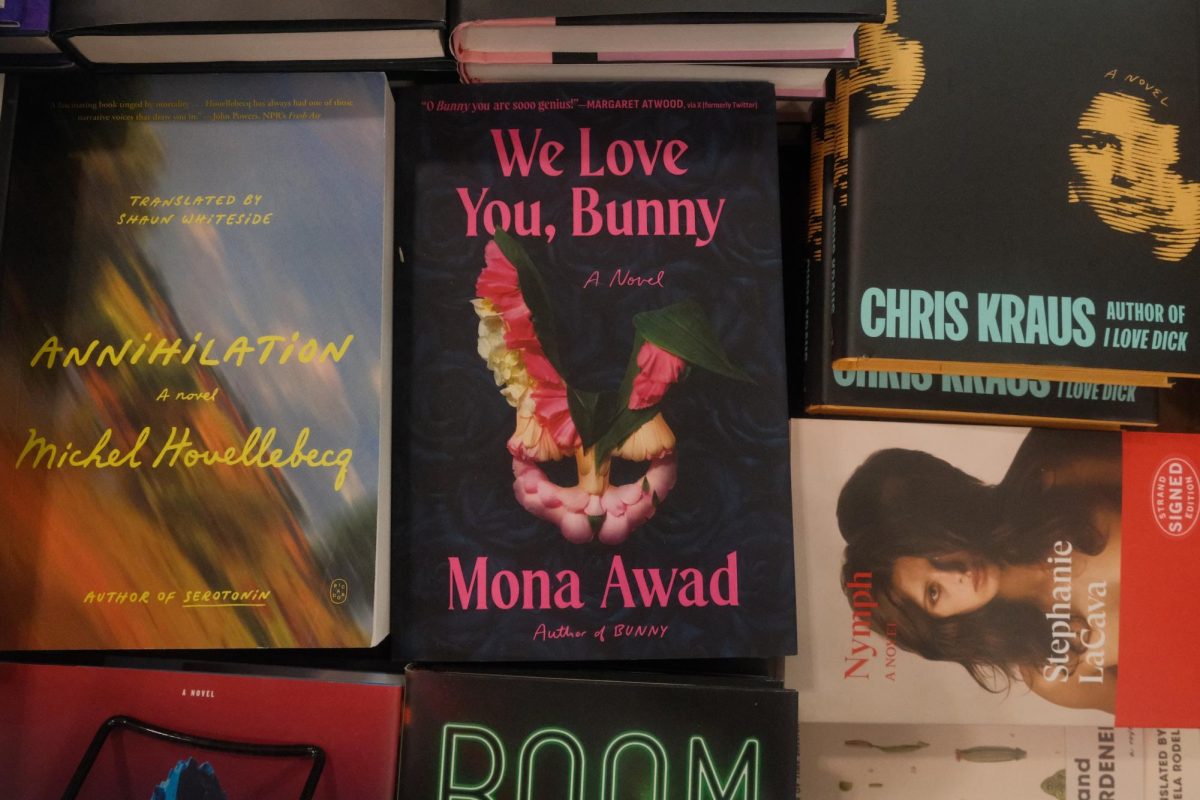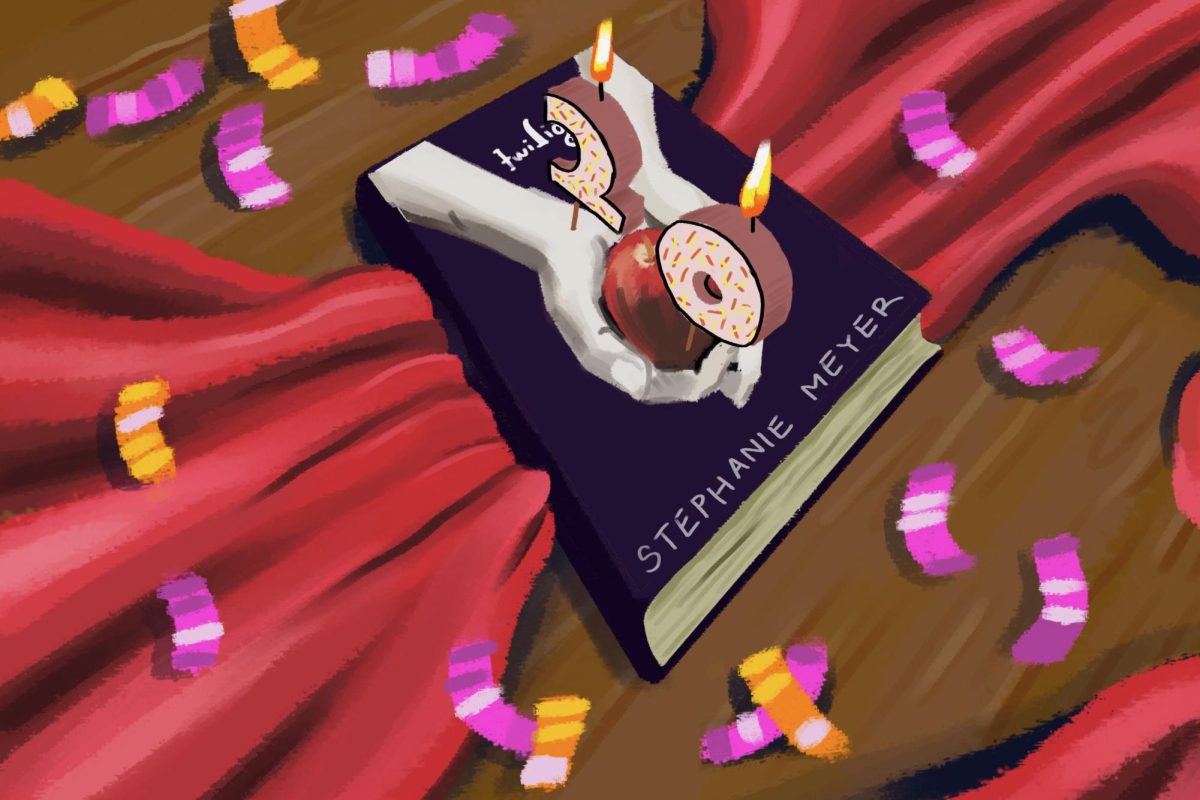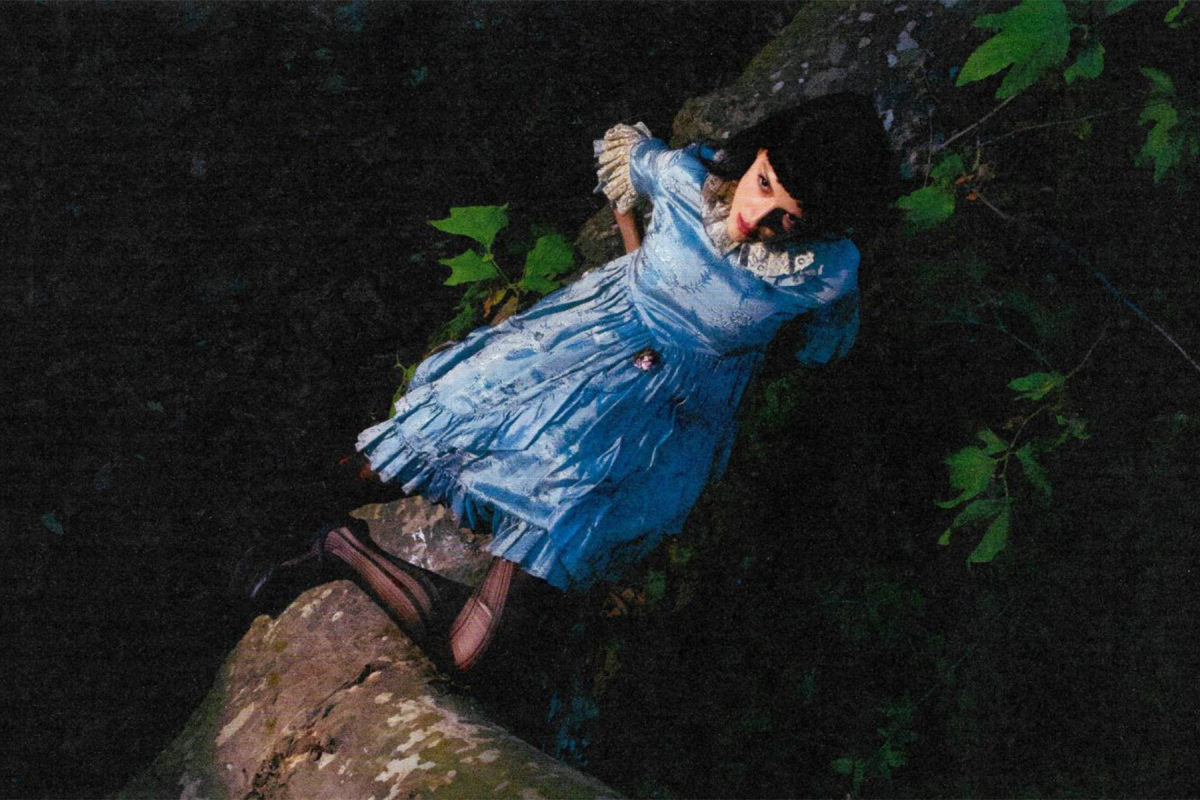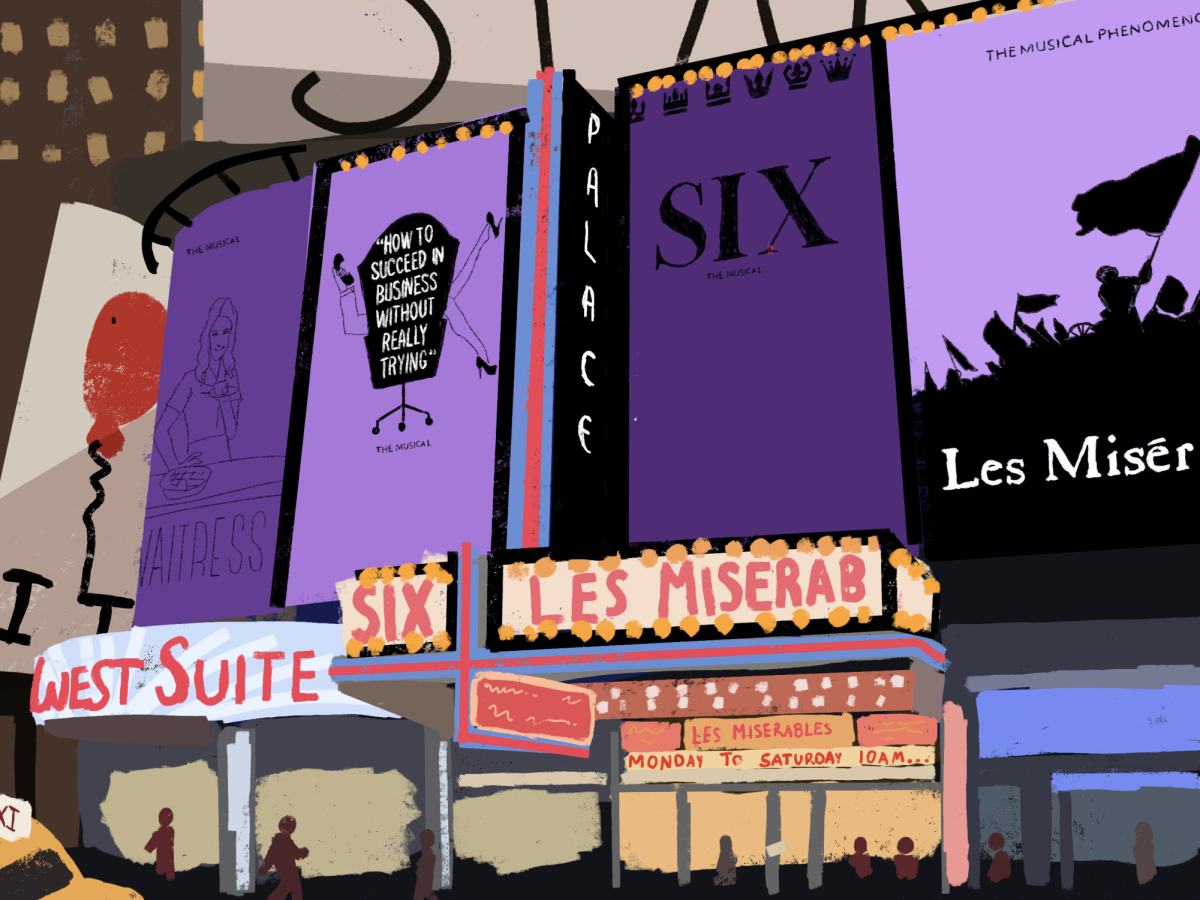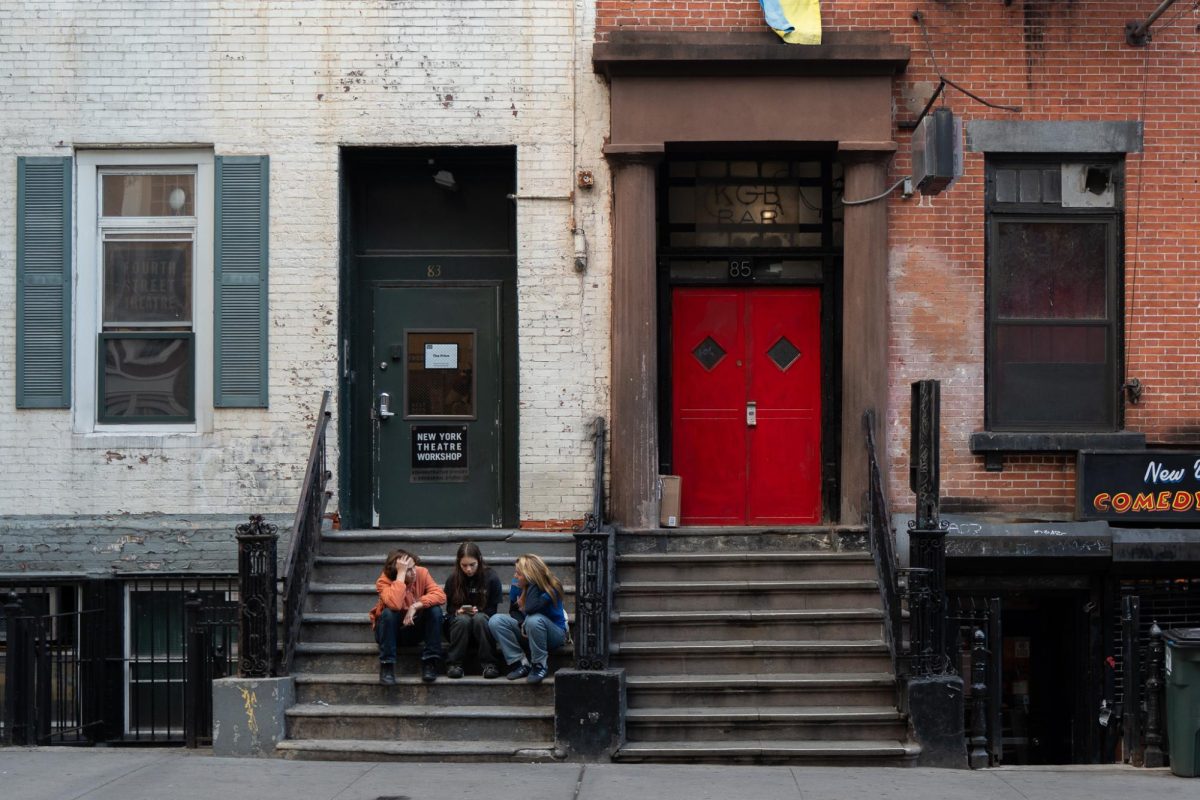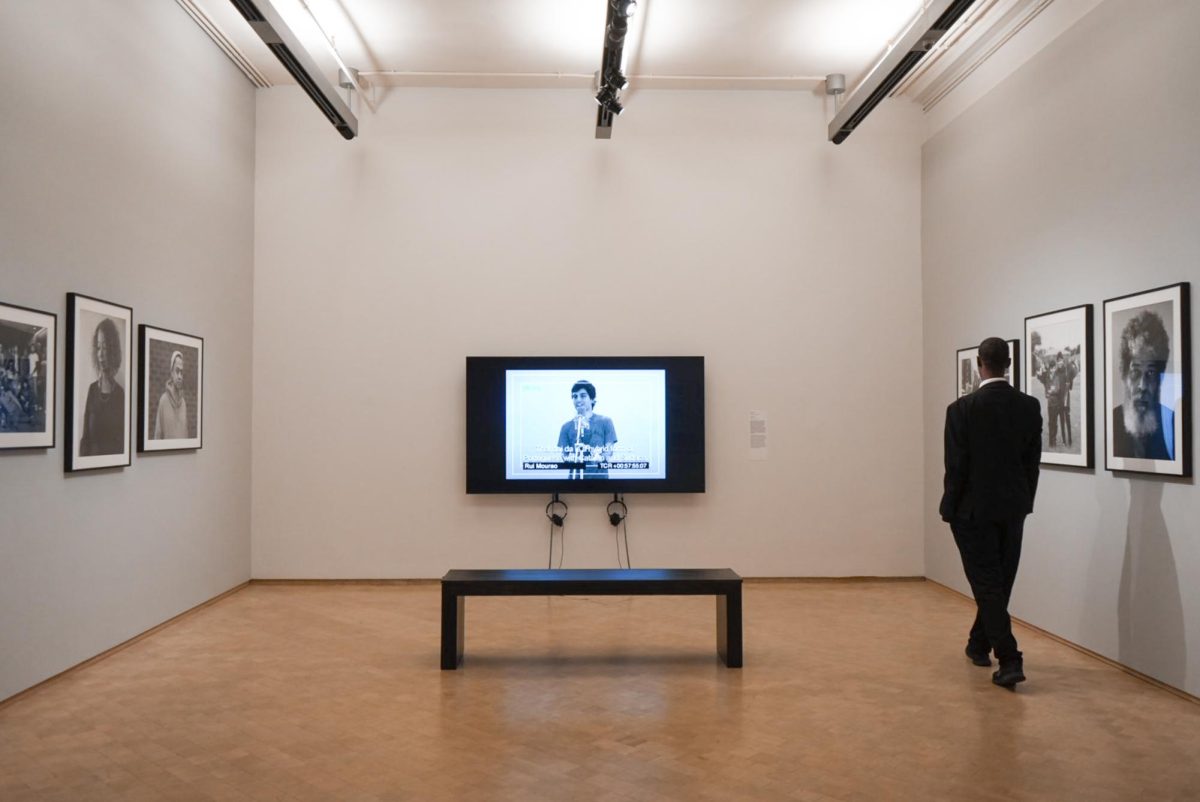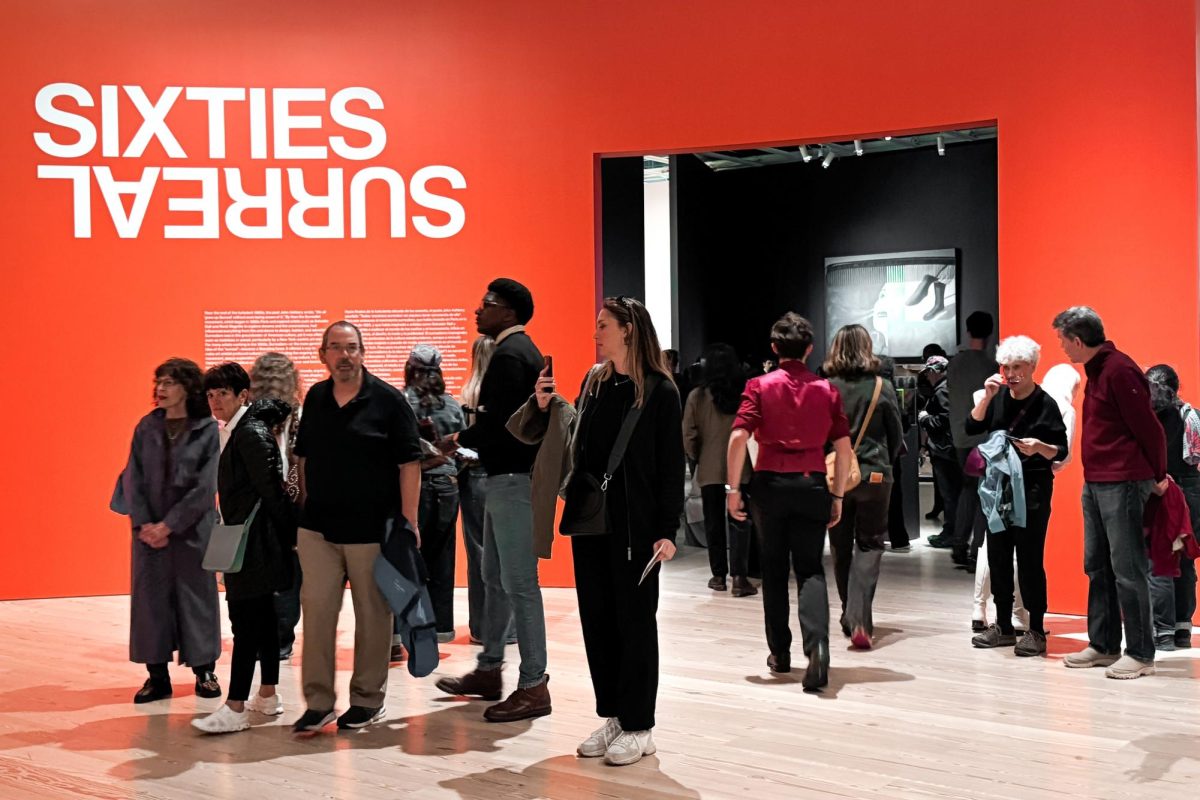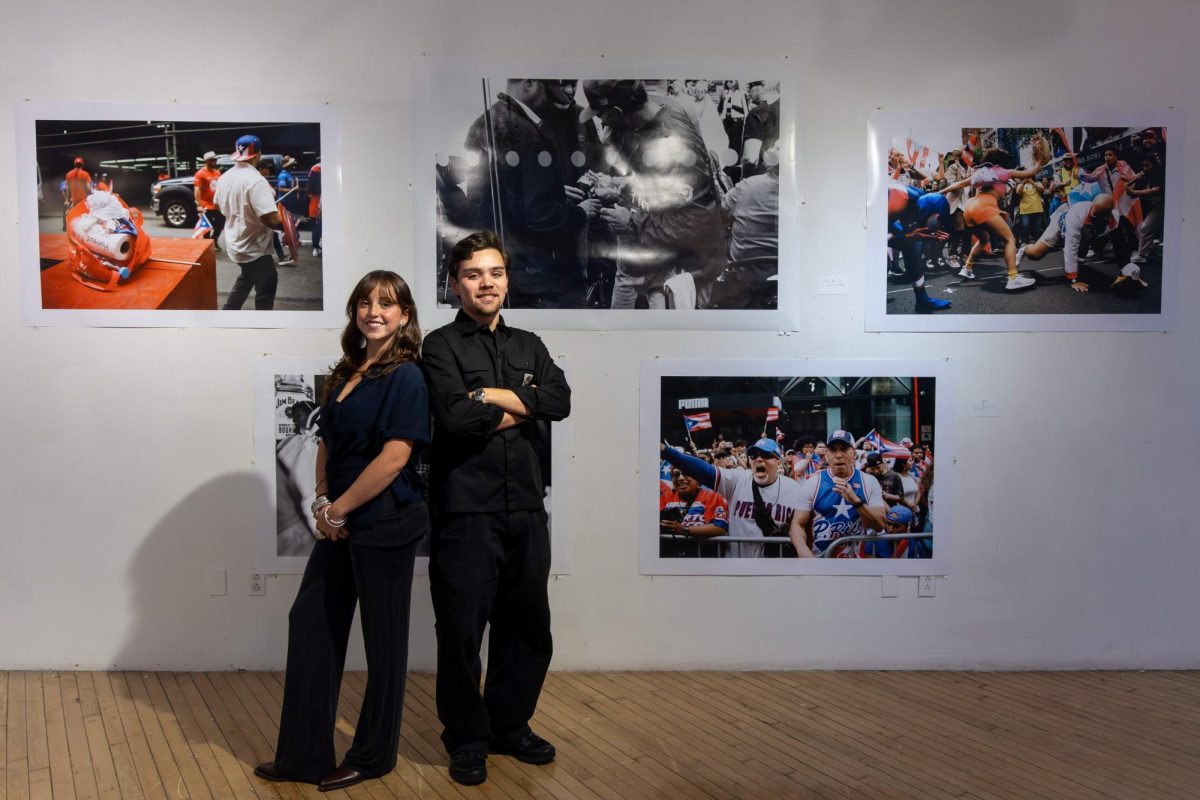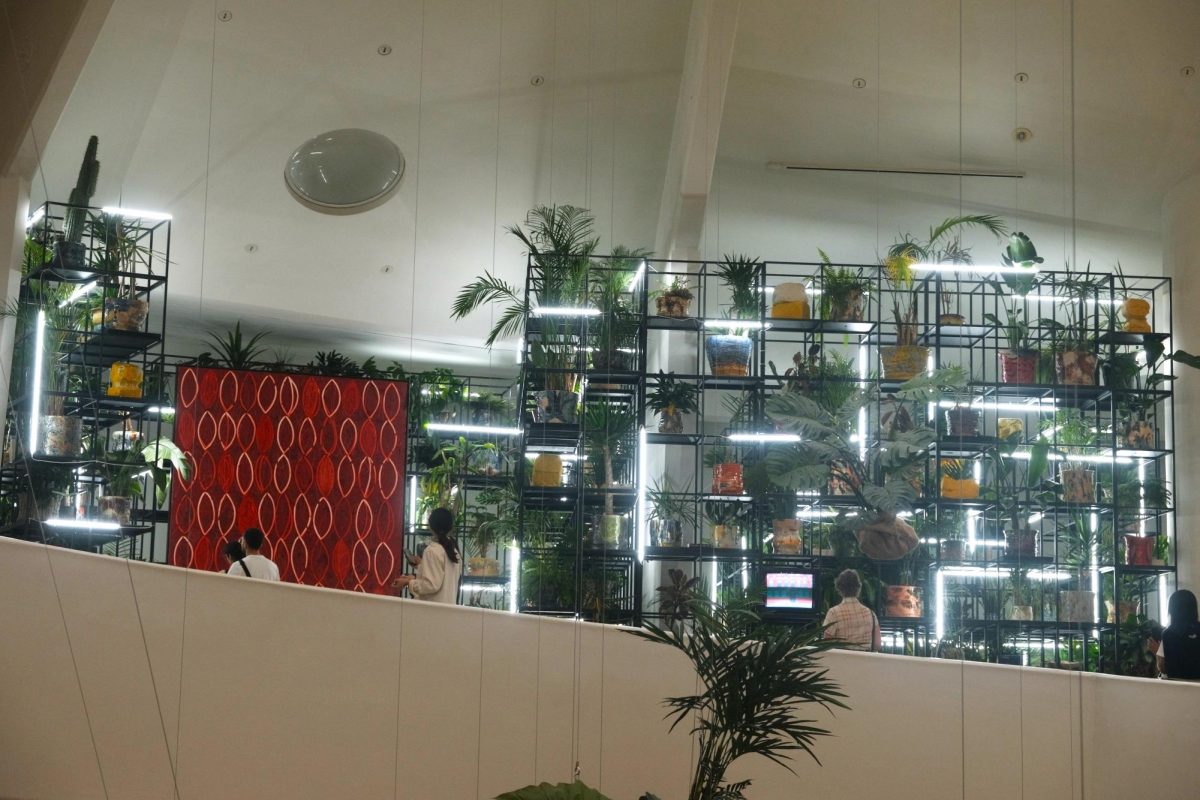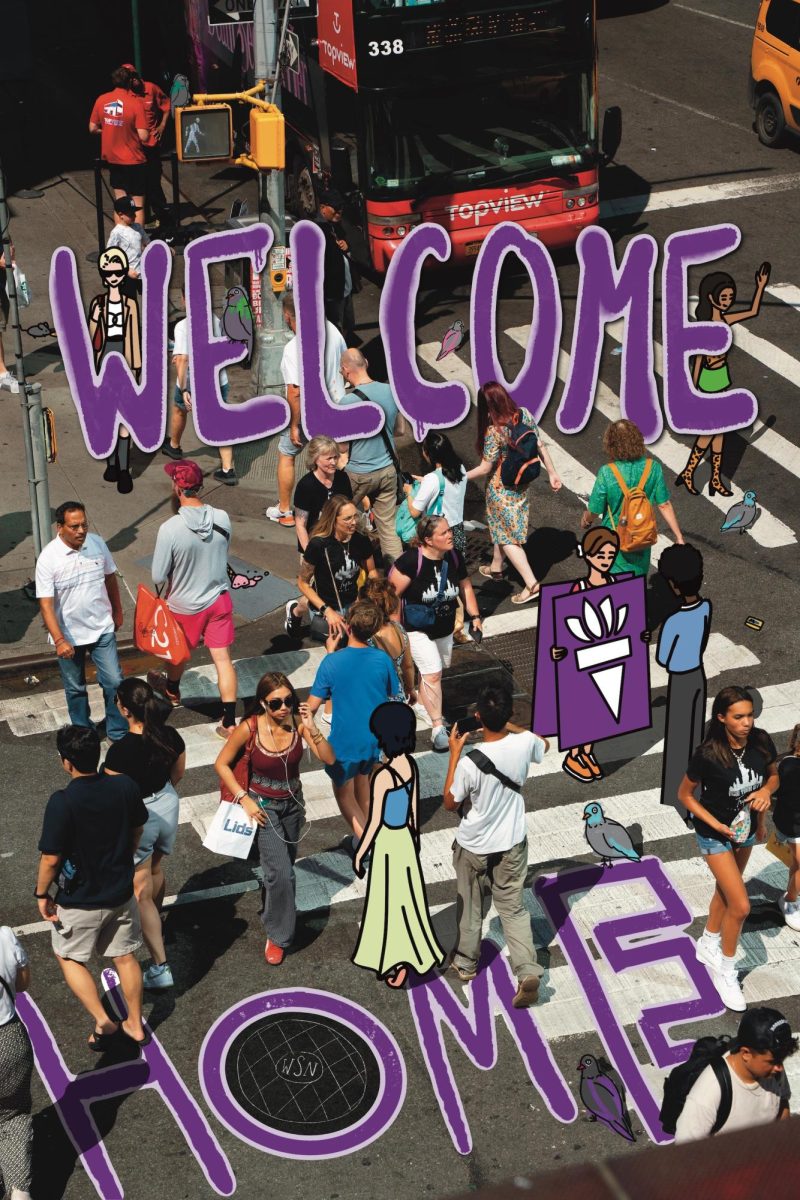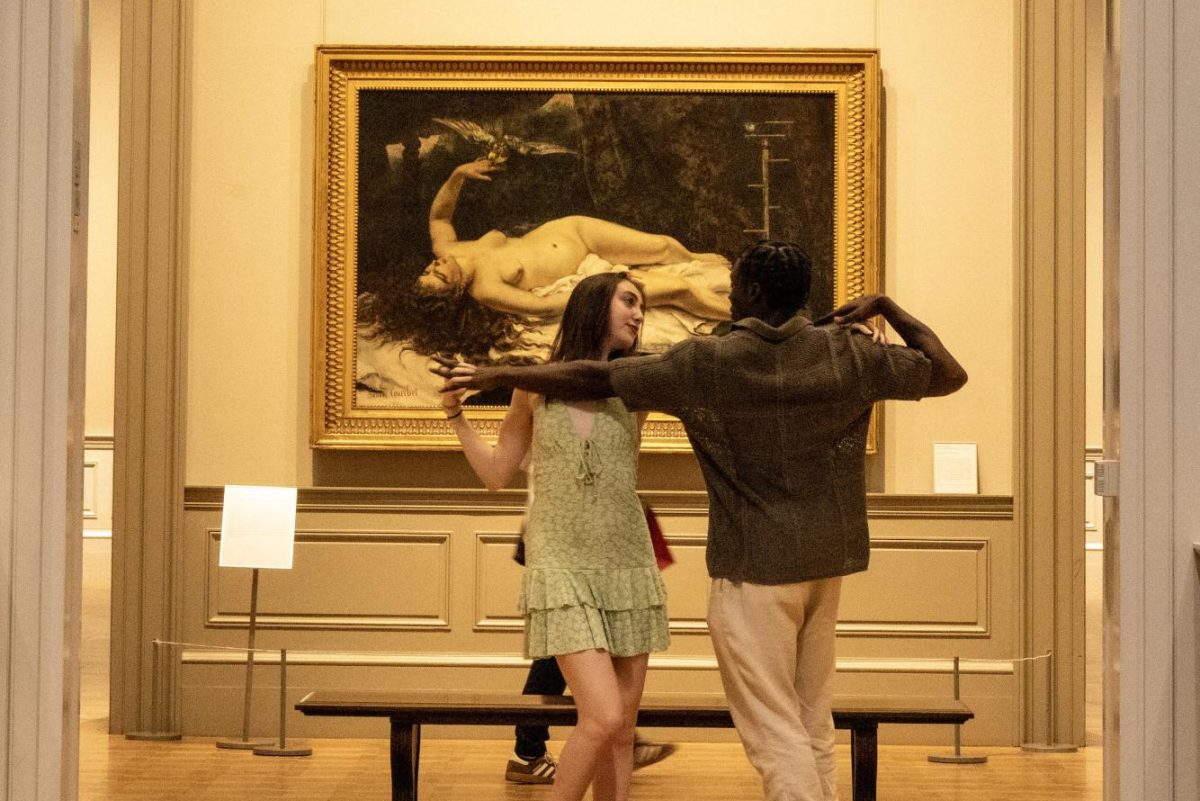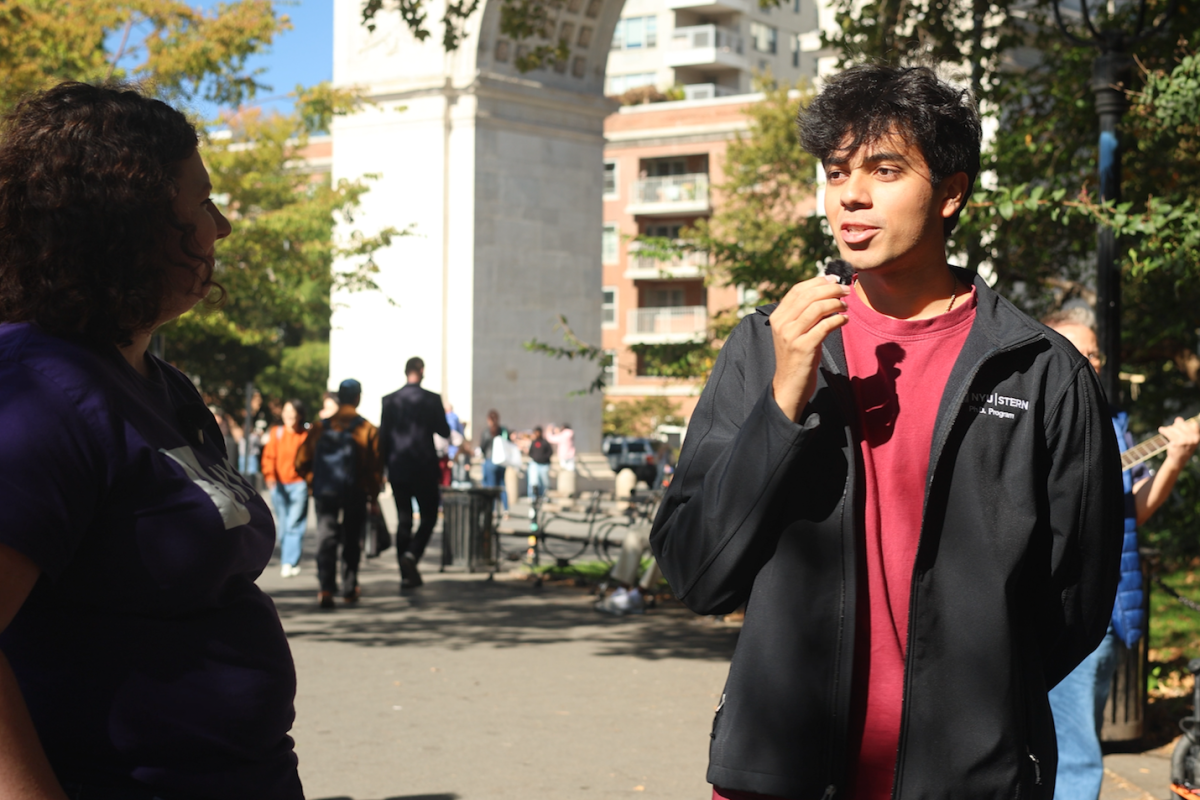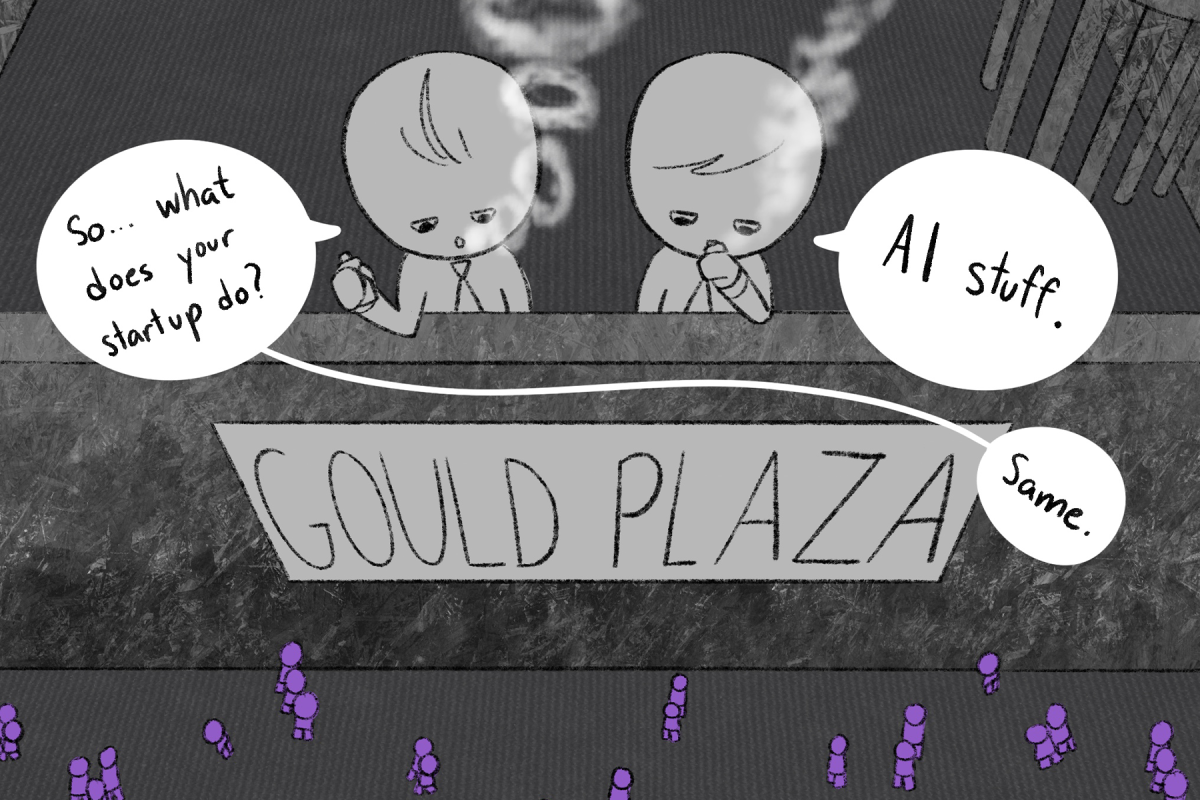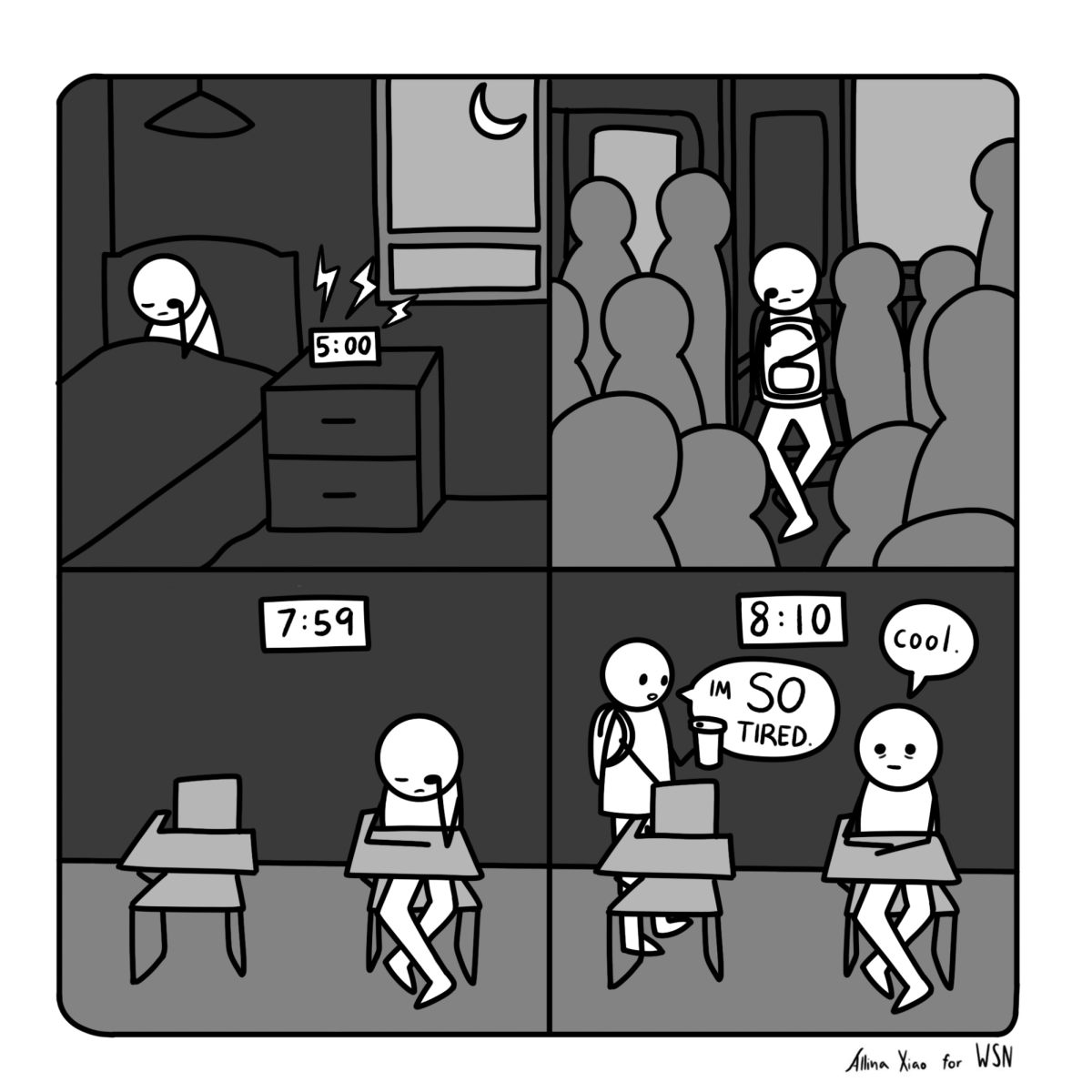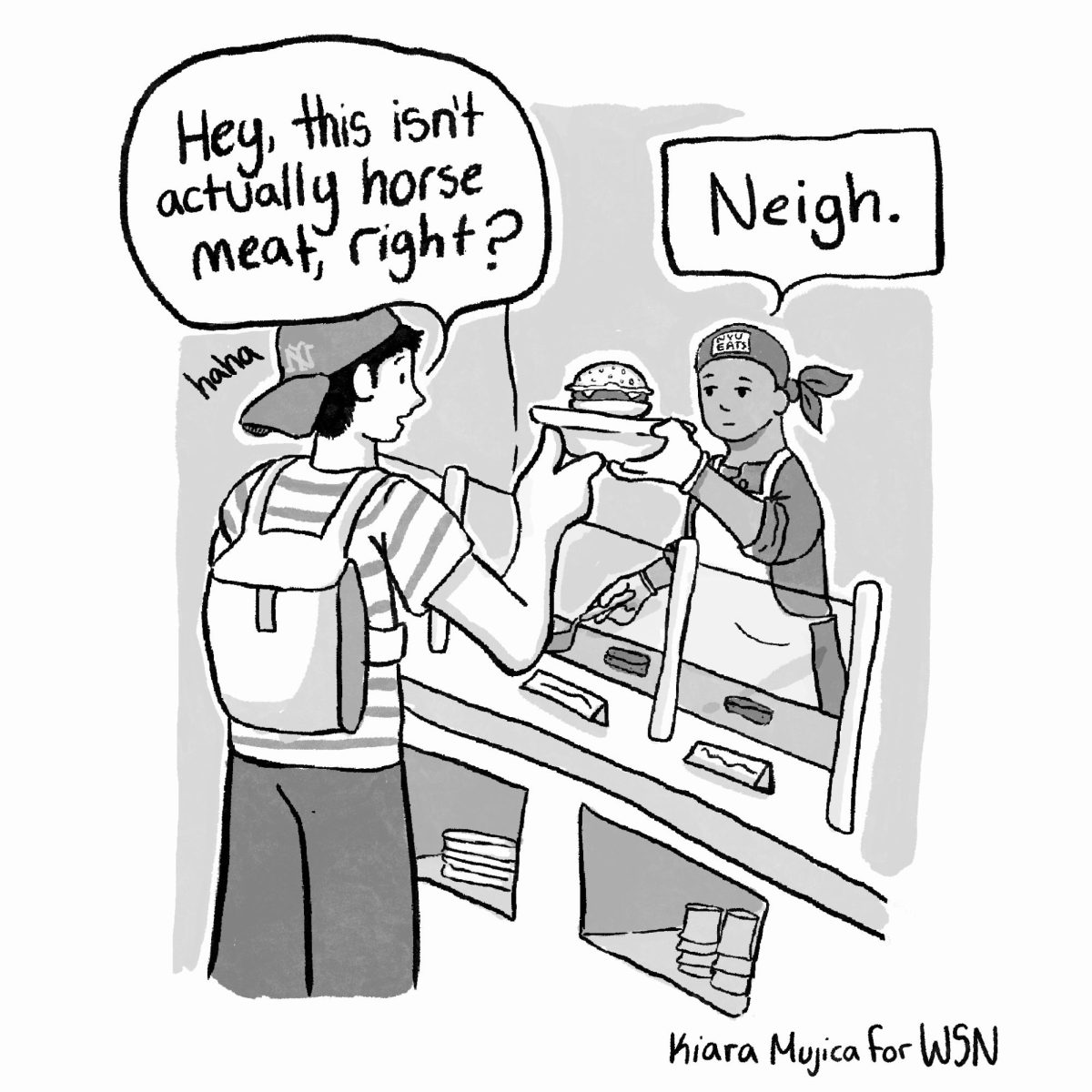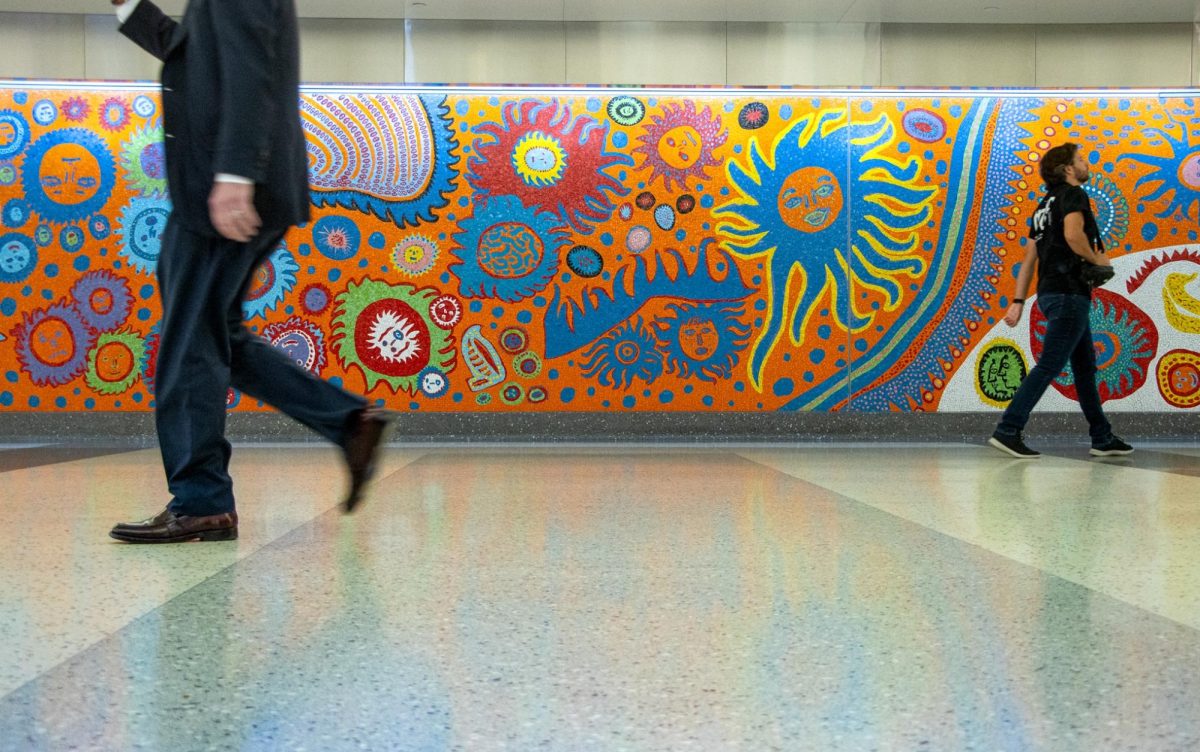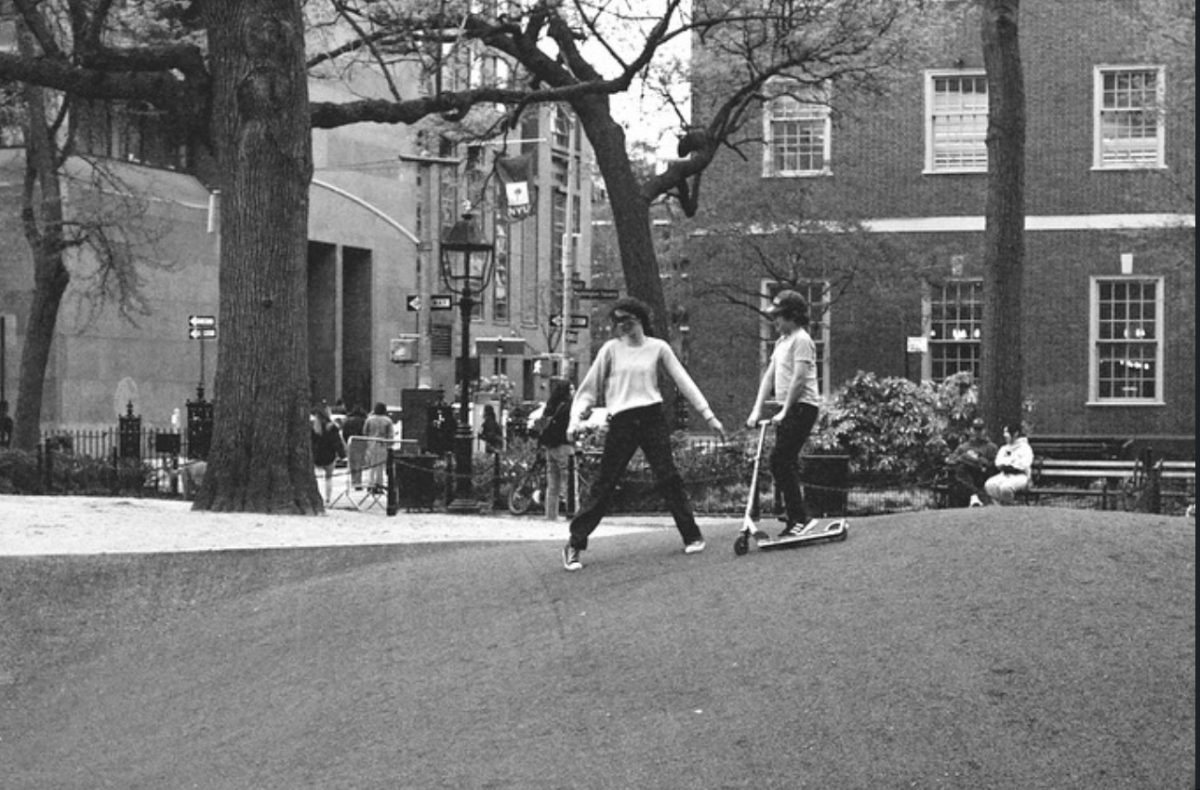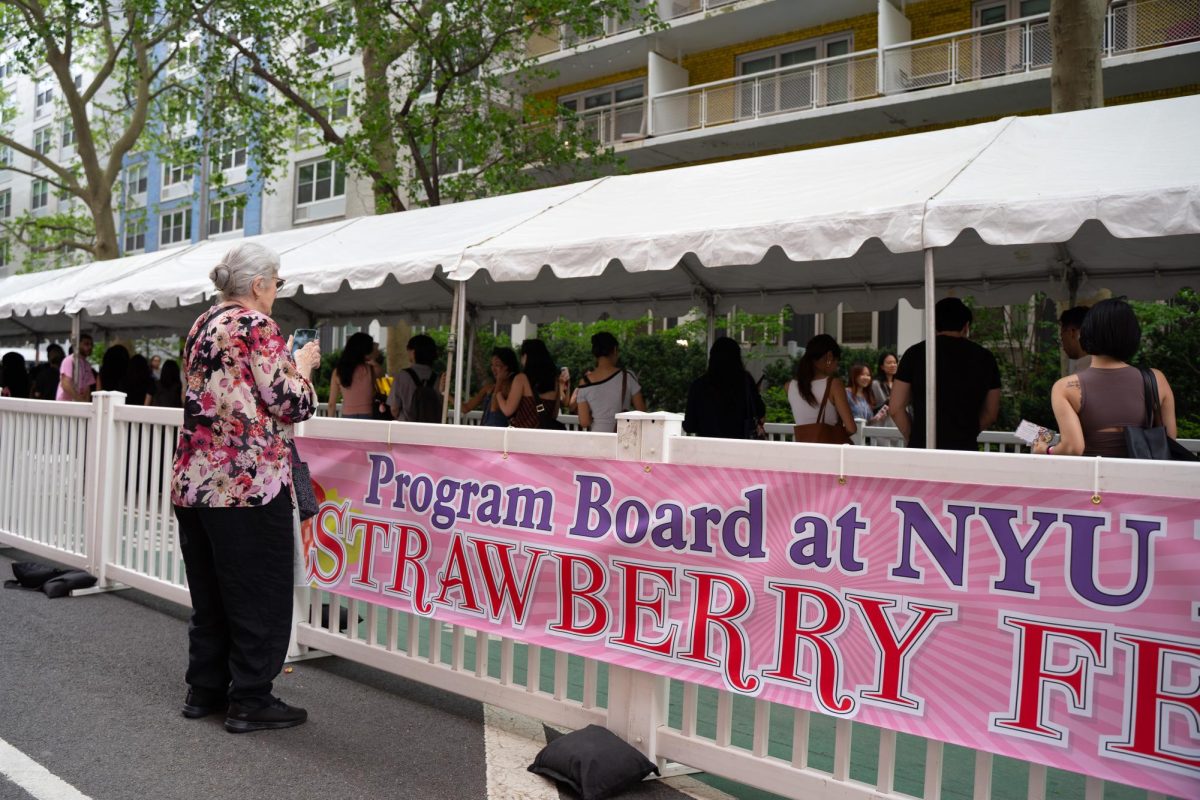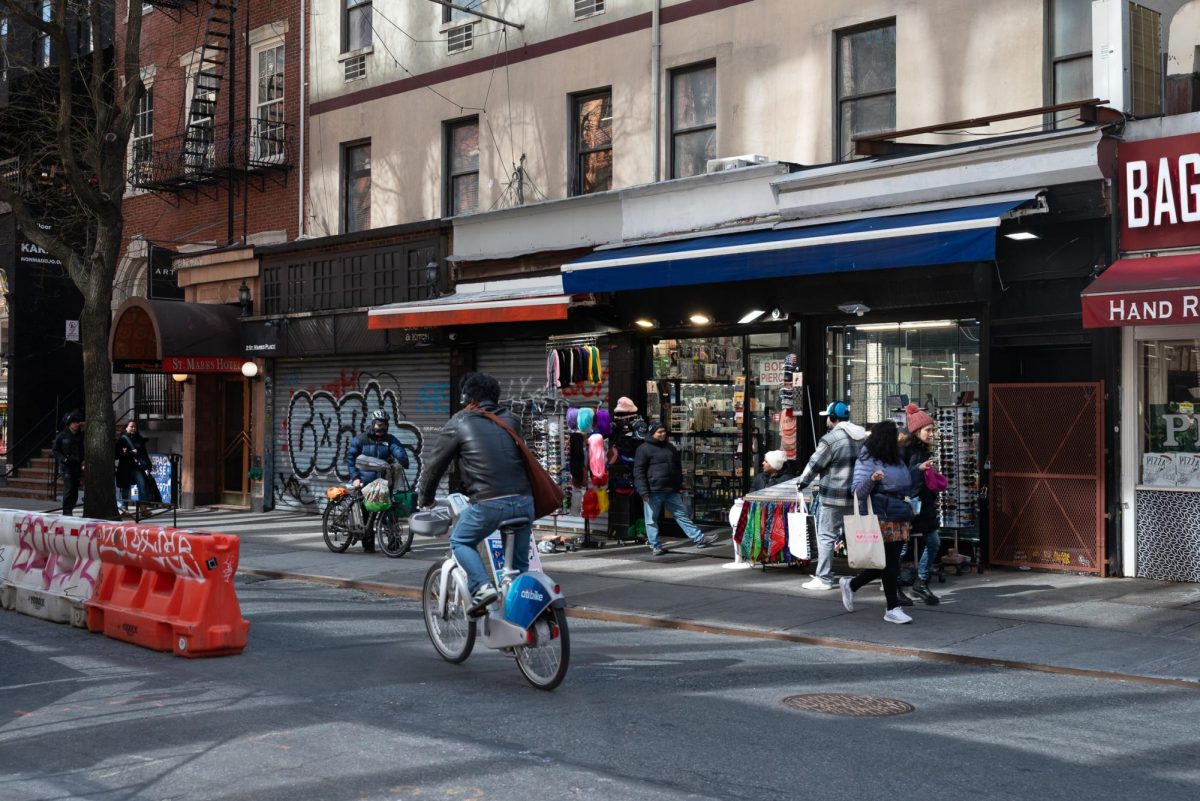Although it is physically separated from Washington Square Park, St. Marks Place is often seen as NYU’s unofficial haven for food, culture and of course, nightlife. At the same time, many view the rowdy street as a far cry from its former glory — what was once a hotbed for alternative and radical culture is now more of a commercial, albeit grungy, center that caters to the surrounding student population.
In the mid-1800s, St. Marks was home to a large German immigrant population, most of whom lived in tenement housing. Later, these tenements became available to artists and creatives looking to live near the center of the East Village’s art scene while still being able to afford their rent. Iconic mid-20th century residents, like artist Andy Warhol and filmmaker Paul Morrissey, who reimagined the Electric Circus nightclub, fostered some of the earliest forms of punk rock. In a similar sense, many NYU students now look to St. Marks for apartments that are both close to campus and relatively affordable.
Now, the street’s ever-changing reputation is shaped by the pressures of high rent, corporate competition and the demands of a growing student body.
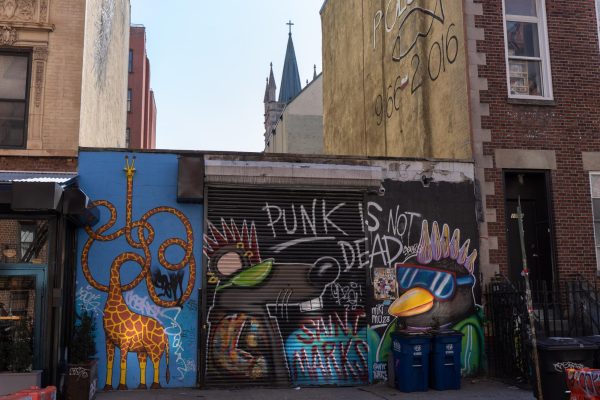
“If you want good art to happen, you need low rent,” Damian Bielak, an employee of the Village Works bookstore, said in an interview with WSN. “The punk movement came out of low rent. [There was no] pressure to make stuff to survive.”
More recently, St. Marks was spotlighted by Eater New York in 2015 as the home of Little Tokyo, a smorgasbord of Japanese businesses and restaurants around Stuyvesant and Ninth Street. The cultural hub was largely borne out of the commercial venture of Tadao “Tony” Yoshida, a first-generation Japanese immigrant who came to New York in 1969. Yoshida has opened a number of restaurants throughout New York City — including the now-closed Sunrise Mart on Stuyvesant Street — which helped form a self-sufficient Japanese community. This all came tumbling down in 2022 when sublease negotiations between the Cooper Union and Yoshida failed.
The increasing presence of universities like NYU and the Cooper Union, alongside commercial projects like Yoshida’s, are making it almost impossible for St. Marks’ countercultural movements to continue thriving. Still, the NYU population brings a major source of revenue for stores on St. Marks — particularly students looking for a quick bite. However, the result is a street that, in Bielak’s eyes, breaks with its bohemian past and works to cater to the student body.
“This place is curated for students,” Bielak said. “It’s not for the working class.”
Many businesses on St. Marks offer discounts for students. Take the Flushing-based Nan Xiang Xiao Long Bao, which opened its St. Marks location in March of last year and gives 10% off to students who show their student IDs from Monday to Thursday.
“[We came] because a lot of students wanted some authentic Shanghainese food,” James Liang, the location’s manager, told WSN.
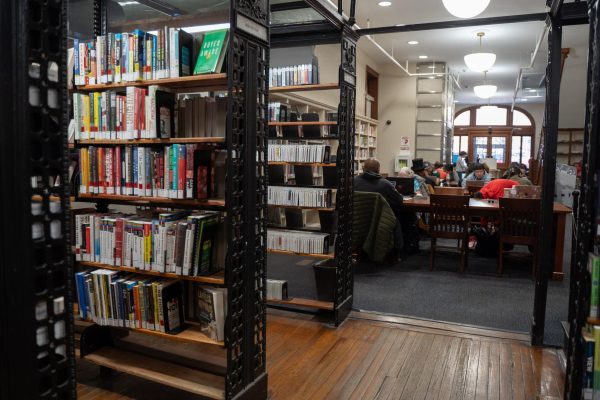
Jose Mendez, a clerk at the Ottendorfer Library on Second Avenue near St. Marks, finds that while the street’s bohemian movements are still a key part of the St. Marks community, their role in the everyday life of the area is diminishing.
“It’s not what it once was,” Mendez told WSN. “We used to get a lot of [people from the punk movement], but they don’t come in as much as they did before.”
Still, residents in the know head to alternative stores such as Search & Destroy and Trash and Vaudeville for vintage accessories and punk rock and goth fashion, the latter of which has been on St. Marks since 1975.
St. Marks still retains some of its old culture, albeit on a smaller scale. For proof, see the spray-painted roll door on St. Marks between Avenue A and First Avenue that reads, “Punk is not dead.”
“[As] a small business, you don’t have much choice with rentals,” Bielak said. “You’re gonna go where you’re wanted. And you need luck.”
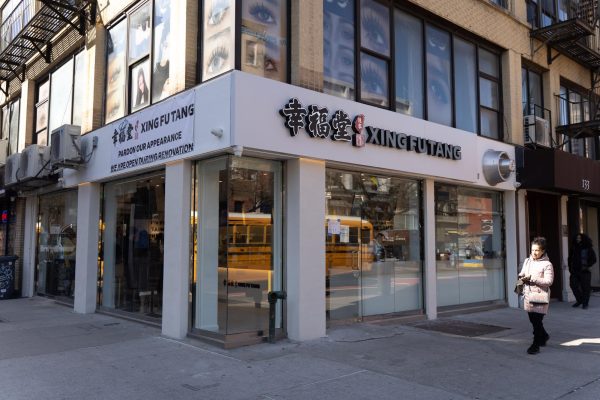
Now, local businesses are no longer just competing with each other, but also with international chains. When Taiwanese bubble tea giant Xing Fu Tang settled into the corner of St. Marks and Second Avenue in late 2021, it shared the street with other international tea chains Kung Fu Tea and Gong Cha. Now, over three years later, Xing Fu Tang is the only one still standing — a testament to St. Marks’ volatile market, even for international companies with significantly more financial resources than most local storeowners.
“A lot of these businesses on St. Marks are always revolving every three to six months,” Geanny Trinidad, an employee at Japanese restaurant Osakana East Village on St. Marks, told WSN.
For better or for worse, St. Marks is in a continuous state of change, driven primarily by skyrocketing rent prices and those able to take advantage of it — a group that now includes more international chains. Maybe the essence of St. Marks is really its constant instability, a revolving door for punk musicians, counterculture artists and restaurants alike.
Contact Mia Shou at [email protected].

